This year was filled with travel around Europe and also back to the USA. I had a new job and a stable place to live, so I explored further into Berlin and around the region. I had my first Berlin art show and started working in new mediums. Trips to Stockholm and London brought me in contact with the international art world and I learned more about how it works, for better or worse. A trip to Auschwitz was humbling and yielded insights into the human experience of that era. I have been here 2 years now and feel like there is still so much to experience.
Surrendering the San Jose studio
At the beginning of the year I flew back to San Jose, California to move out of my art studio. It was physically and economically difficult.
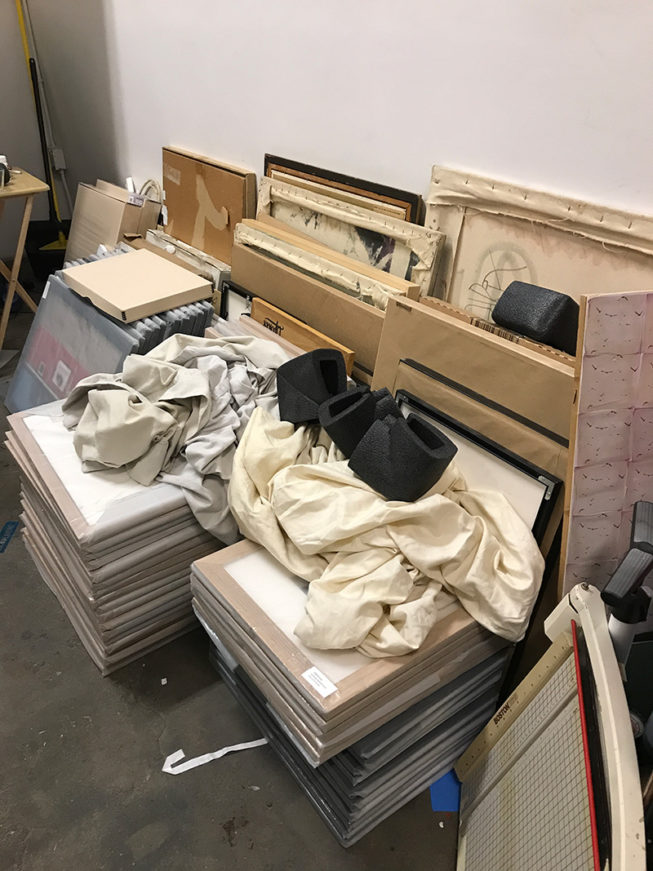
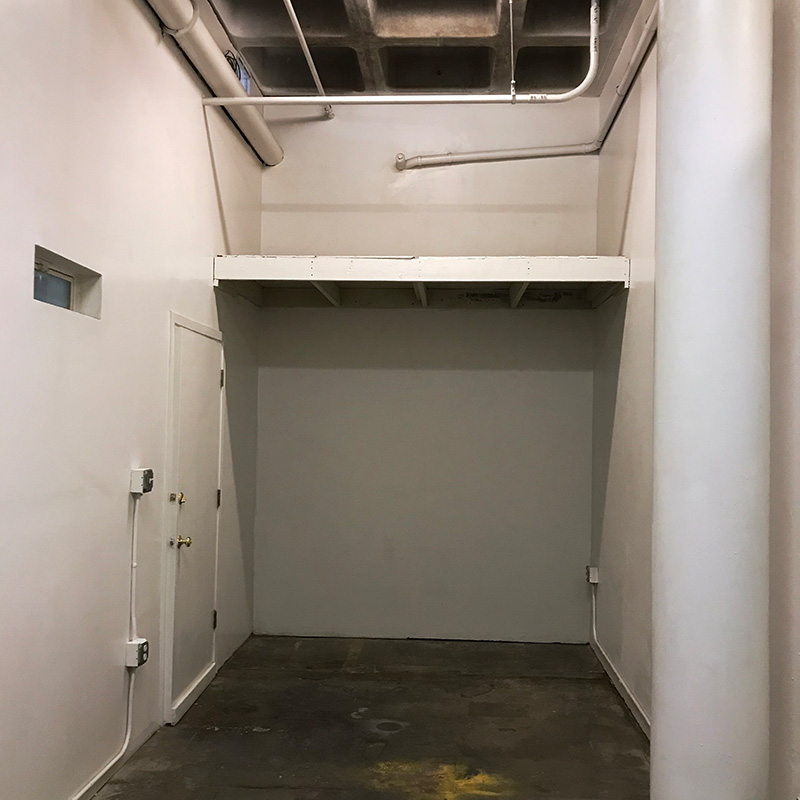

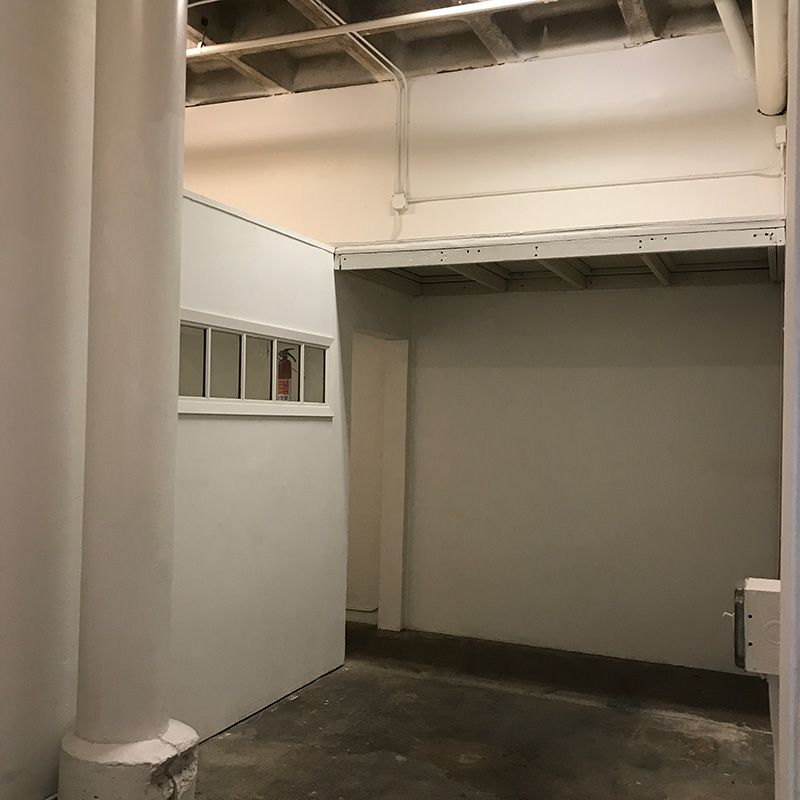

I had planned on maintaining that space until I returned. The cost of that was right up to the edge of what I could afford. The landlord notified everyone in the studio complex that he was raising rents 50-200%. Mine was set to double. There was no way I could afford that, so plans were made to fly back and put everything into storage and let go of the space. Fortunately, my new employer let me take a week off to do that. Waiting longer would have been even more expensive.
In addition to my power tools, art supplies and equipment, all of my personal belongings had been put there. It took 3 days just to consolidate and pack everything. Then, the actual moving took 3 more days by myself. It was around 7 U-Haul van loads in all. A lot of that shit was really heavy. I was still dealing with 9 hour jet lag as well.
I found a good storage spot, though. It’s secure, weather protected, and reasonably priced. It was a huge effort, but it all worked out in the end. I saved $1000s by handling it quickly. Letting go of that particular art studio was a bummer though. I made a lot of art there and was able to handle dirty fabrication and clean tech work in the same space. That’s rare to have.

On a positive note, everything is consolidated and well stored, so when I return I don’t have to deal with my stuff right away. It gives me more options.
Atlanta College of Art reunion
I had never been to any school reunions. They just weren’t something I was very interested in. I’ve definitely visited old friends though and maintaining connections is important to me. While I was planning my trip back to California, I got an invitation to an Atlanta College of Art reunion that covered many years of graduates.
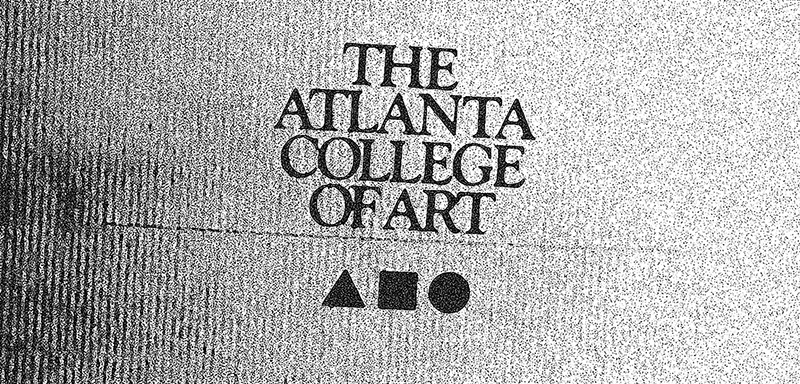
At first, I thought ‘no’ because I was already spending the money on a return to the U.S., but I saw a lot of names of people I hadn’t seen since the mid 90s. All our paths diverged widely and also some were having hard times. Something in my gut said I wouldn’t I see many of them ever again. So, at the last minute I bought a ticket and committed to attending.
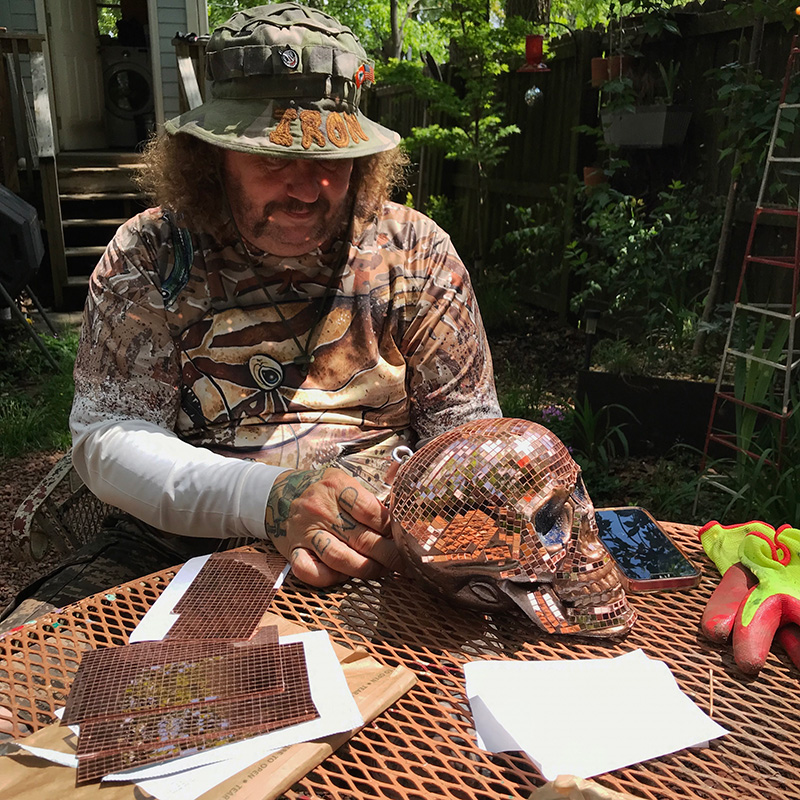
It was a mixed experience. Obviously, it was cool to see so many people from a fun time in our lives. But, our stories since then had plenty of struggle. Some of the people we thought would be art stars ended up doing nothing and some we thought were just hanging around did quite well. I see the same upside down trend in younger artists here in Berlin. Also, Atlanta has changed so much. Whatever connection and nostalgia I had for that city has closed. That chapter is done.
I also learned that 2 people I had known well were now dead. There were stories of others on the edge. Sure enough, within 3 months of the reunion, I heard 3 more had died. I won’t get into details for privacy, but it wasn’t from natural causes. We lost some interesting and creative people. That particular group of people from that time, myself included, seem to be connected by a hardship we rarely talked about openly.
Overall, I’m glad I went. I saw some friends I really wanted to keep in touch with, in person. It was crucial to make human contact with friends that had become online avatars. Social media is useful, but it’s not real. I also see our experience in terms of what I’ve learned about art history. The paths of historic artists are not as clean and heroic as we make them out to be. For every artist we remember, there are thousands that didn’t make it into history. But, nonetheless, they had amazingly prolific and creative lives making art.
Supermarket in Stockholm
Supermarket is an international art fair focused on art collectives and artist run spaces. It’s held annually in Stockholm, Sweden to coincide with the more commercial Market Art Fair. I wanted to learn more about how different collectives are managed and run, so I signed up for their Meetings Extended package. That let me attend the fair with access similar to a group exhibitor, but as an individual artist.
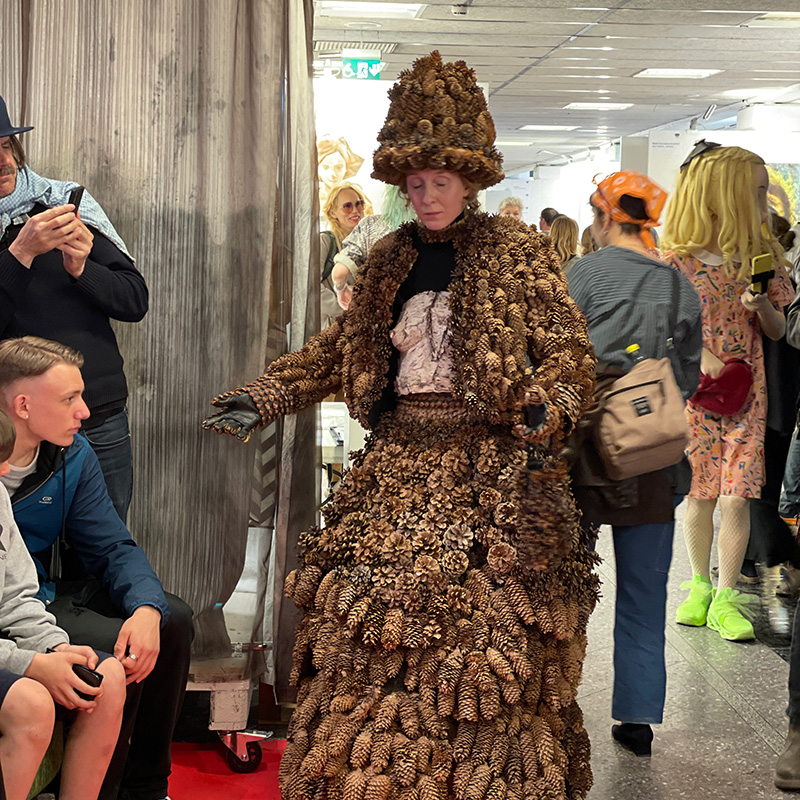
I came back thinking I had seen the future. There was a broad range of community organizations. Very little was institutional or connected to a single person. They had formed logistic groups and had access to property and diverse funding sources. Co-operative art groups are nothing new, but the internet absorbed much of the energy people used to put into organizing in person. It was refreshing and inspiring to see so many effective collectives from around the world.
It was especially notable because of the failure I saw at Documenta 15 last year. That famous art festival turned over control to a collective made of other collectives. It was ambitious, but the art was weak and overly dependent on buying into the theoretical and ideological structures they based it on. It offered an example of how collectives don’t work. But, at Supermarket, I had a glimpse of more diverse and structured approaches to collectivism that do work.
Some interesting groups I connected with:
- Galería Metropolitana (Santiago, Chile)
- Kyojima Station 京島駅 (Tokyo, Japan)
- King og Bong (Reykjavík, Iceland)
- S_truggling Art Space (Hong Kong, Hong Kong)
- Durden and Ray (Los Angeles, USA)
- Digitaliseum (Malmö, Sweden)
- DAS ESSZIMMER (Bonn, Germany)
- KX Space (Brest, Belarus)
- Altán Klamovka (Prague, Czech Republic)
- Flat Octopus (Stockholm, Sweden)
- FELTspace (Adelaide, Australia)
I was there for 5 days and learned practical approaches to organizing and met lots of interesting people. When I return to the U.S., I hope to bring that logistical knowledge with me. American art institutions, in so many ways, are collapsing. These collectives are the way forward.
The new lucidbeaming.com
This year, I completely redesigned my website to match how people actually use it. You’re looking at it now.

I’m a member of a local tech art group called Creative Code Berlin. Each month, a variety of people give demos of projects they’re working on and a short presentation. At the end, people post some kind of contact info. Overwhelmingly, people share their Instagram accounts and not much else. A few have dedicated websites, but most depend on Instagram to do the heavy lifting of showing off their work.
That has serious drawbacks. First, it’s a commercial platform with limits on content and it weighs content using a proprietary algorithm. It’s also designed as a feed and not an archive. It’s much more difficult to see historical activity in context. Art is not always made like that. Artists aren’t content machines. We’re human.
It gave me the idea to take the useful aspects of sharing an account link but retaining context and ownership. I simplified the main template to be mobile first and fast-loading. Interactivity is basic and javascript features are limited. People are used to swiping and scrolling static content, so that’s what they get. Not many slideshows or video carousels. Everything is embedded on-page and doesn’t require accounts on external platforms. I even removed Google Analytics and don’t have any personal tracking at all.
It’s been the most effective redesign yet and I still get compliments on how simple it is. Most importantly, I don’t have to depend on Instagram to be my internet presence.
3D scans
My phone has lidar, which is a tiny laser that can be used to make volumetric scans of objects and areas. That means I can make 3D images of lots of things. I used it to scan a variety of sculpture I saw this year. Here is a video with the best results.
Leidkultur at HilbertRaum
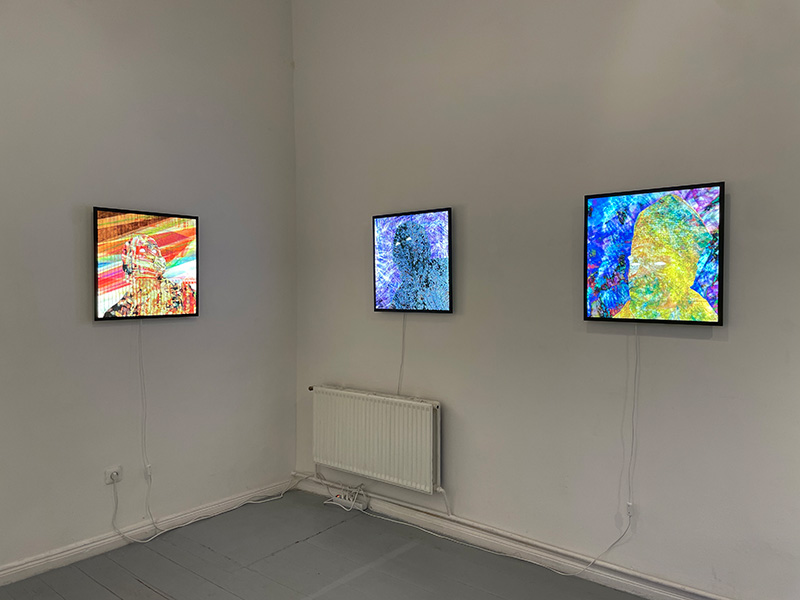
I had 5 pieces in a group show here in Berlin, at a gallery called HilbertRaum. I was invited based on the glitch portraits I made last year of problematic sculptures at the Zitadelle. They are fairly political and I’m an American, so I was surprised to get asked to show art about German history at a German gallery.
It was an excellent grouping and the space was well suited for my work. I presented them using transparencies on large light panels. The portraits themselves were detailed, vibrant, and somewhat unsettling. Showing them in a way used in bus stop advertisements was a gamble, but I’m happy with how they turned out.
ICC Berlin
The Internationales Congress Centrum Berlin was built in the 70s as the largest conference center in Europe. It’s a massive facility and looks futuristic and monumental. It never lived up to the hype though and has been closed for many years.
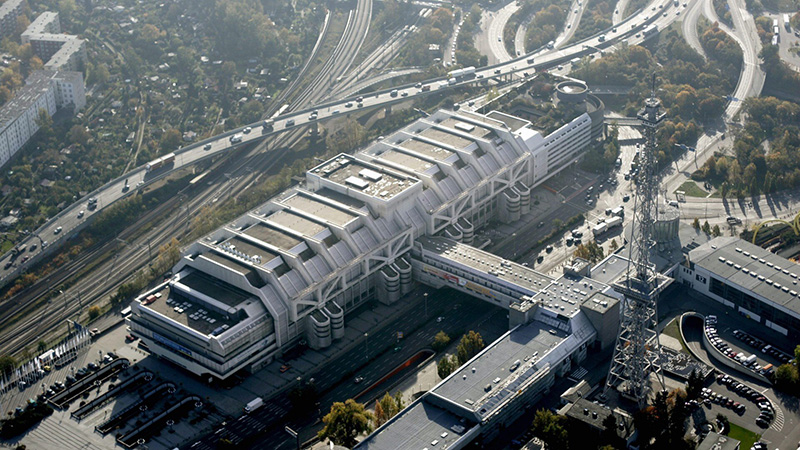
They opened it this year for visitors on just one weekend. I had to reserve time slot weeks ahead of time. I wanted to make some photos inside with my old Polaroid SX-70. I also brought my digital camera and made many 10X layered multiple exposures.
Here is a slideshow…
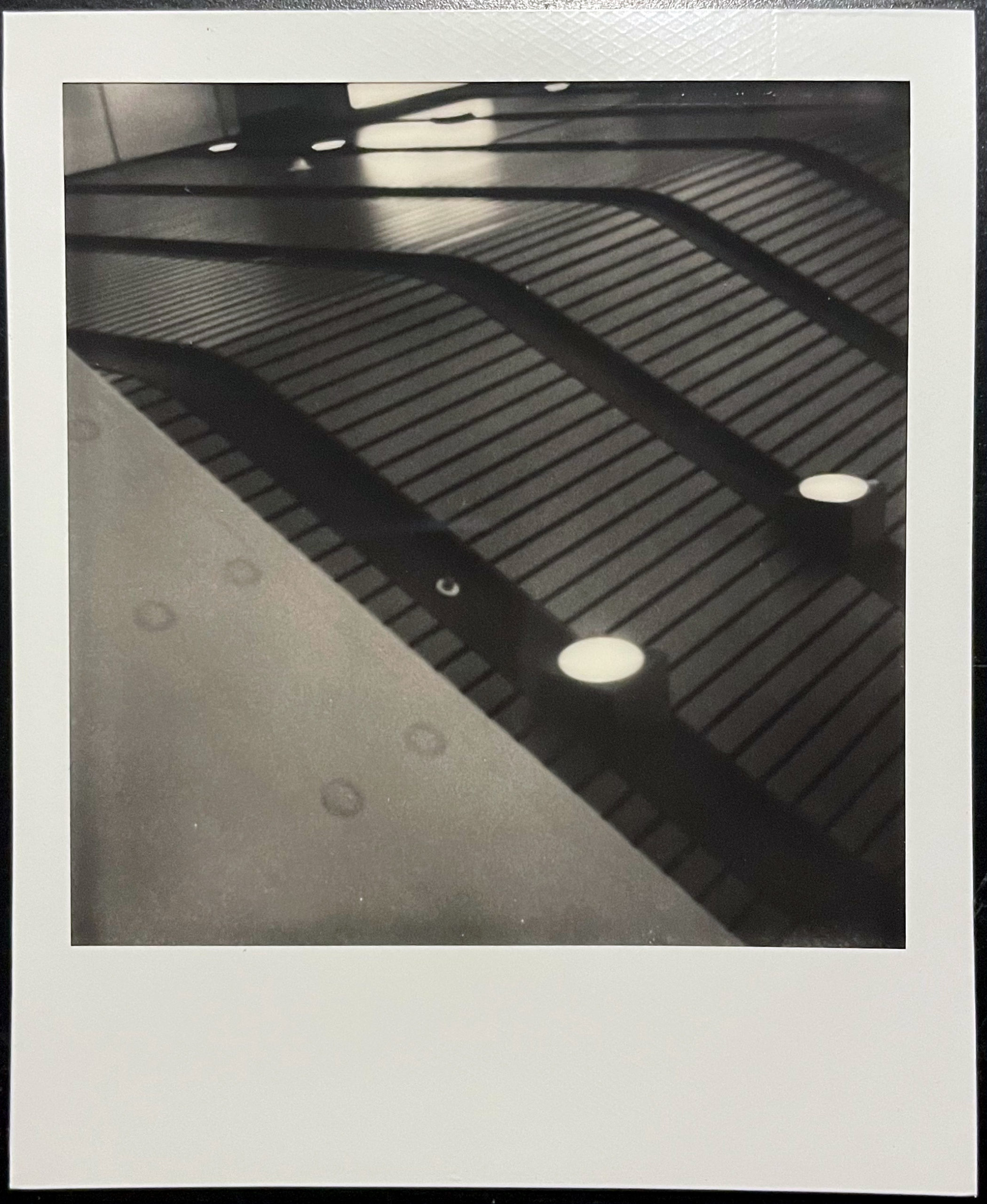
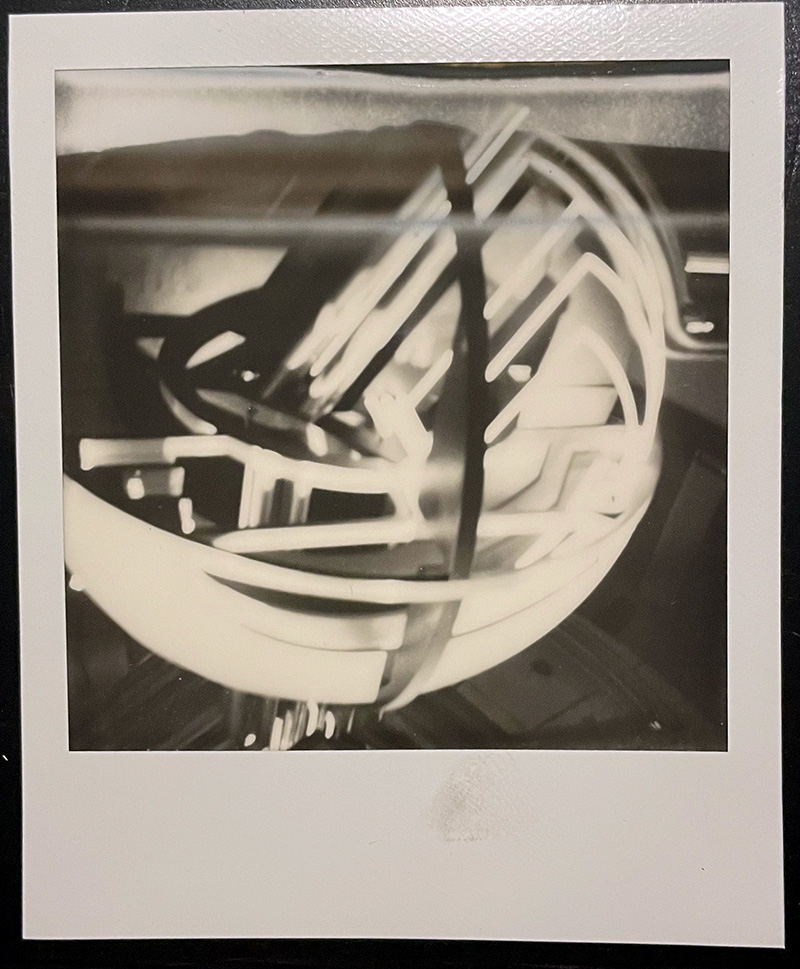
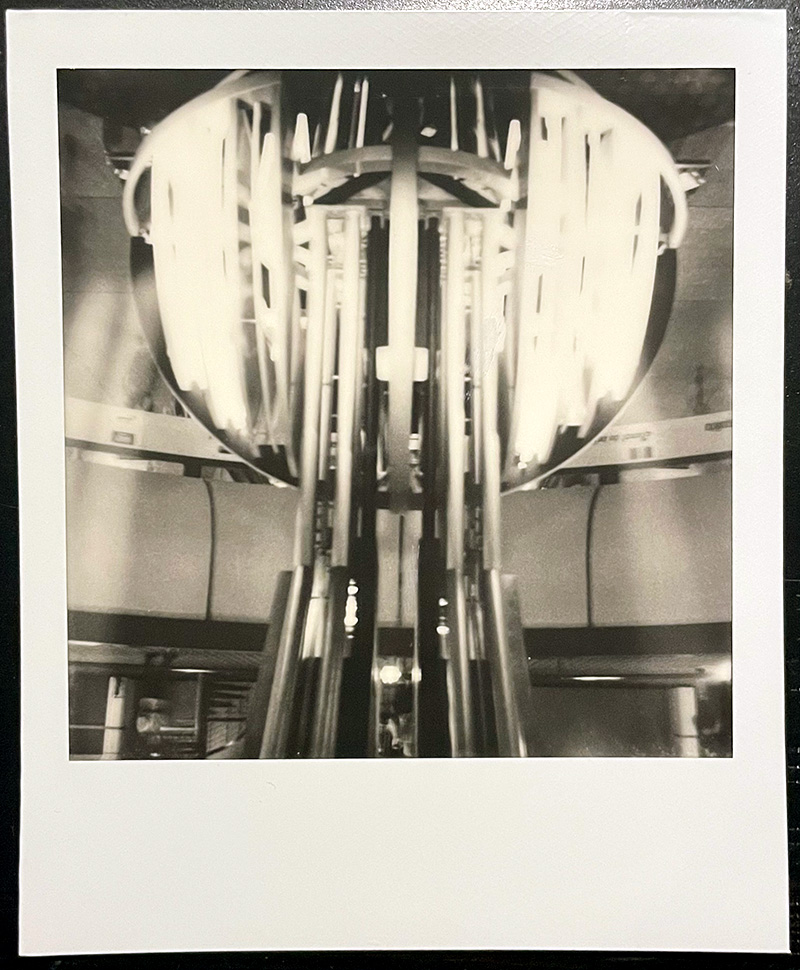
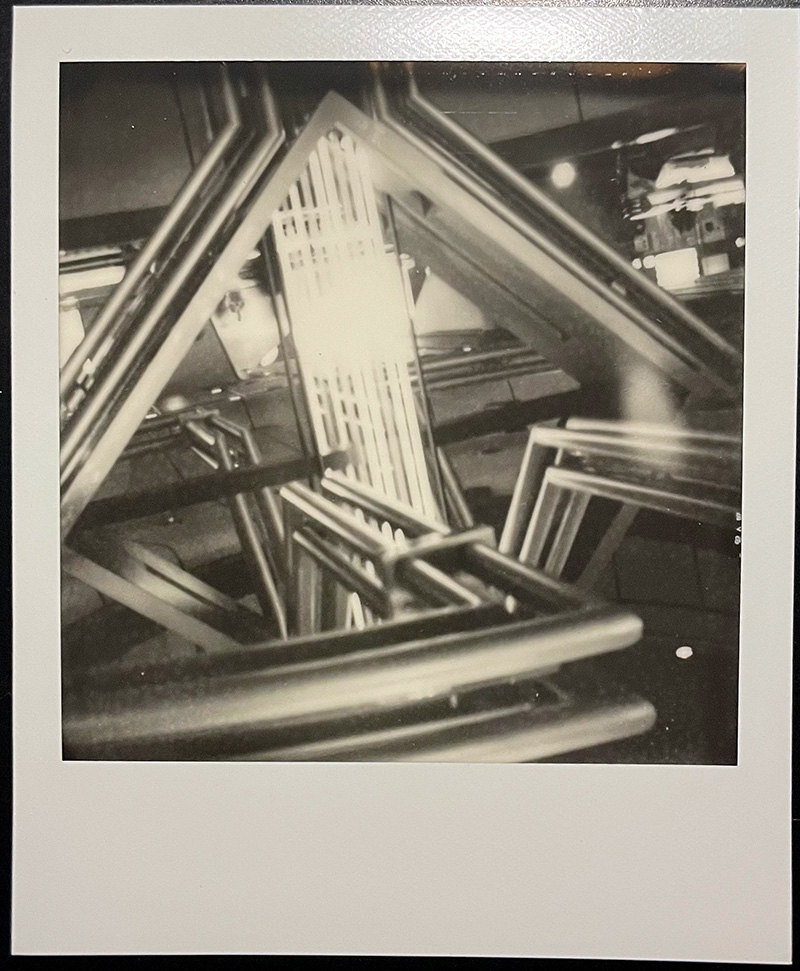
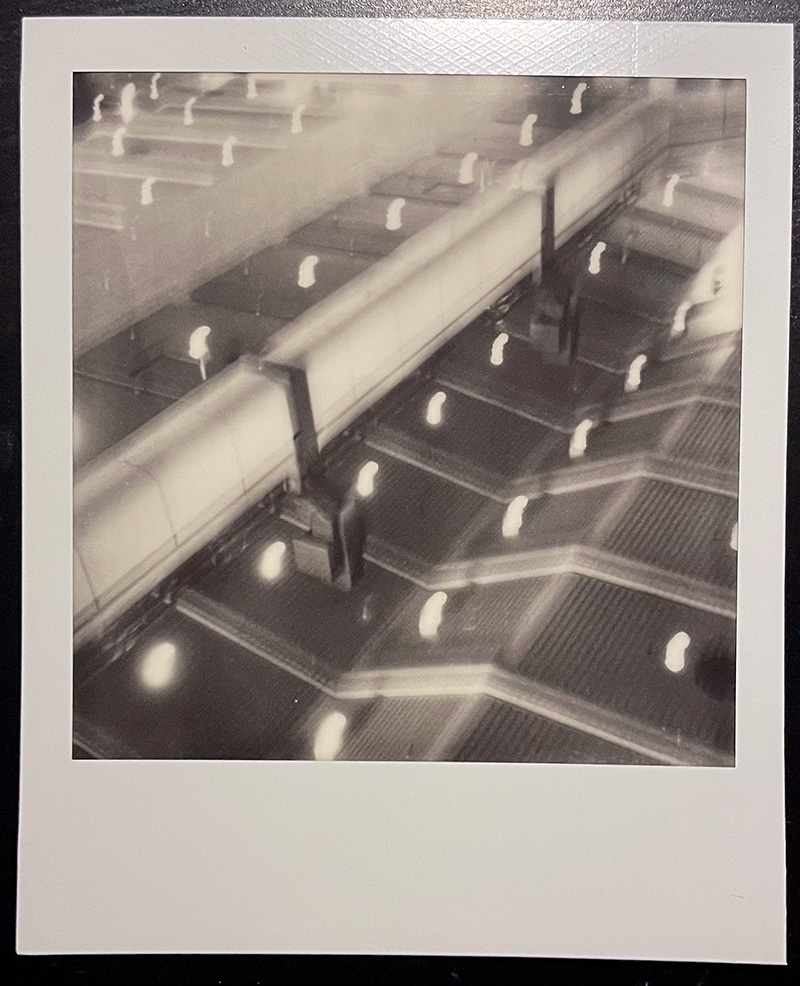
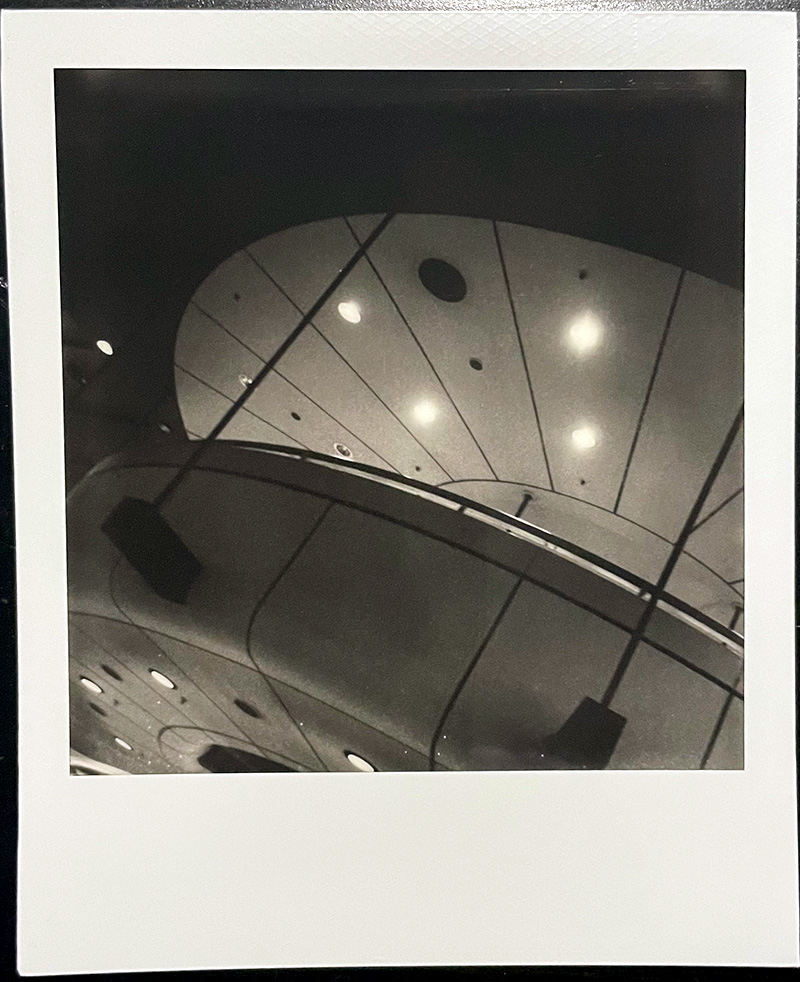
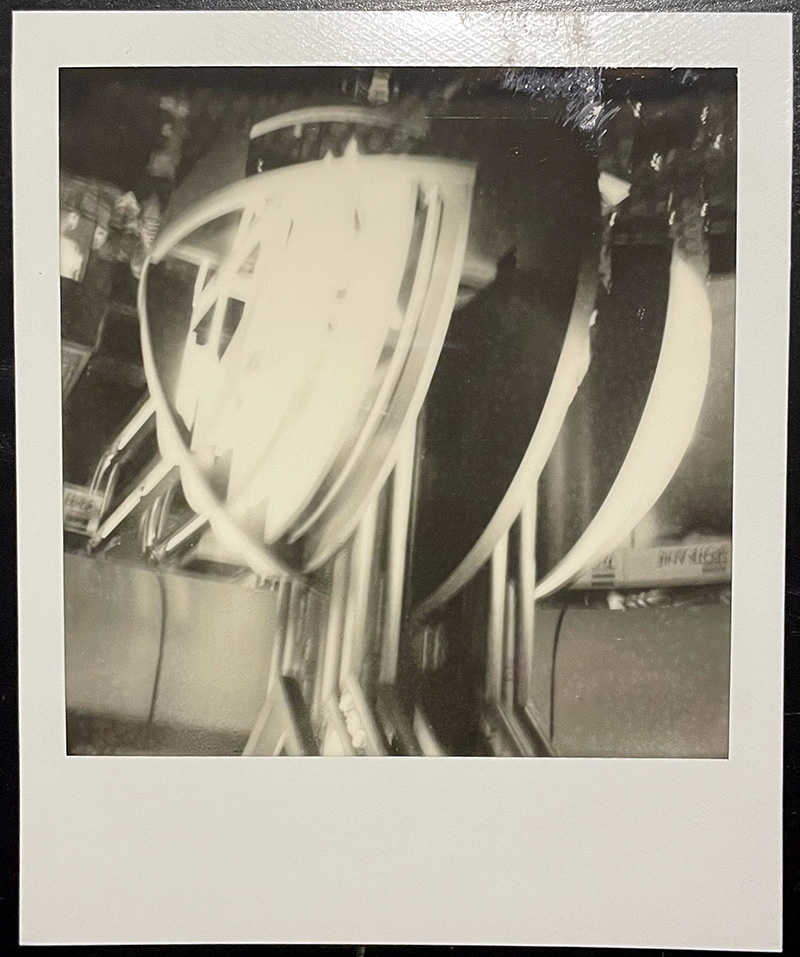
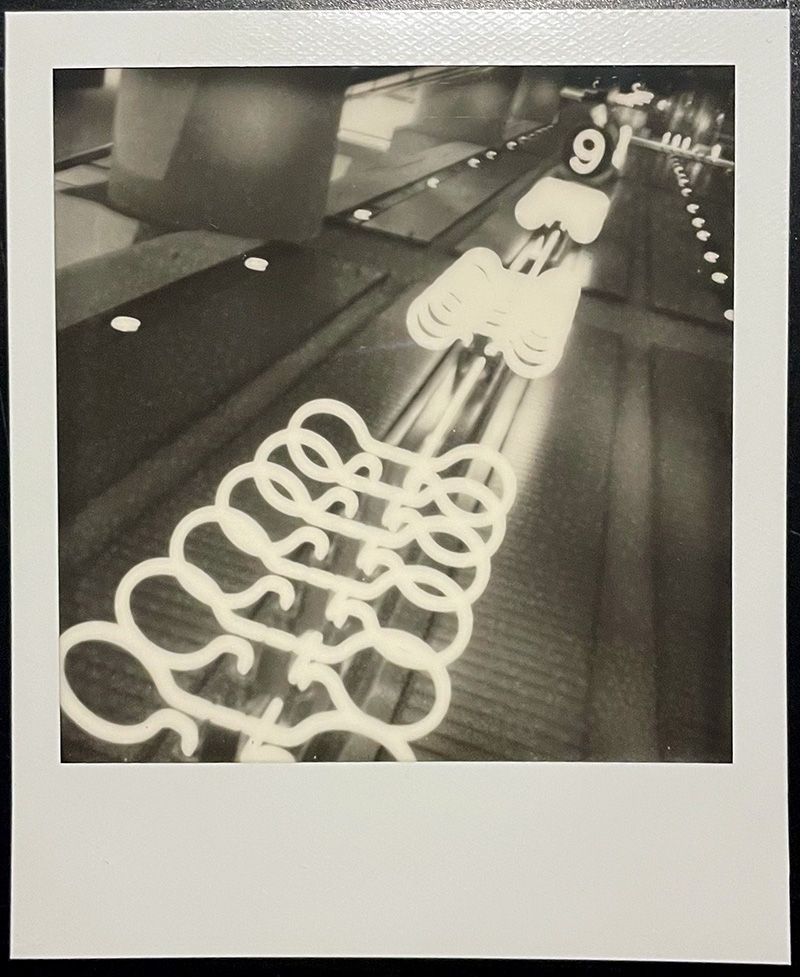
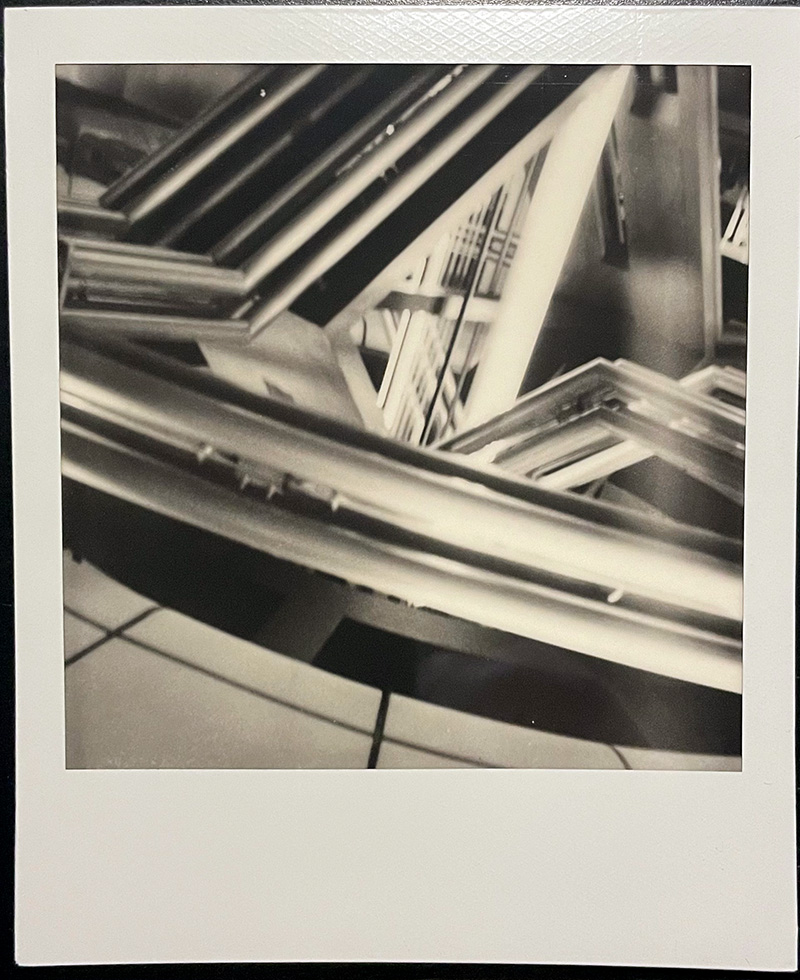
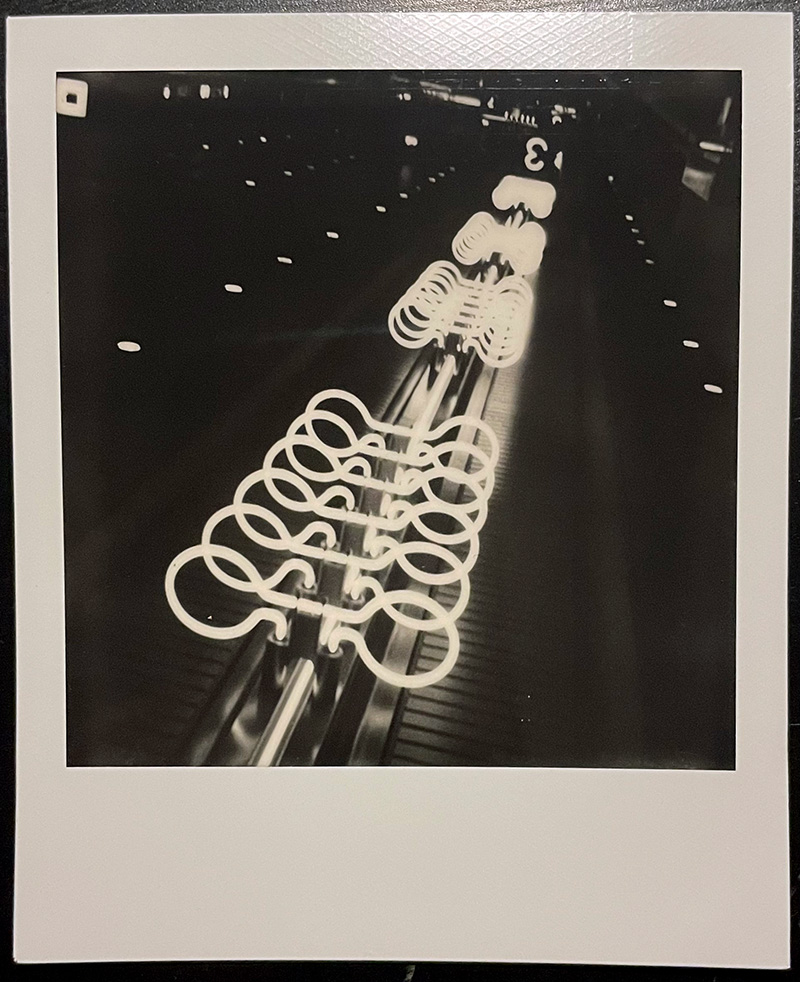
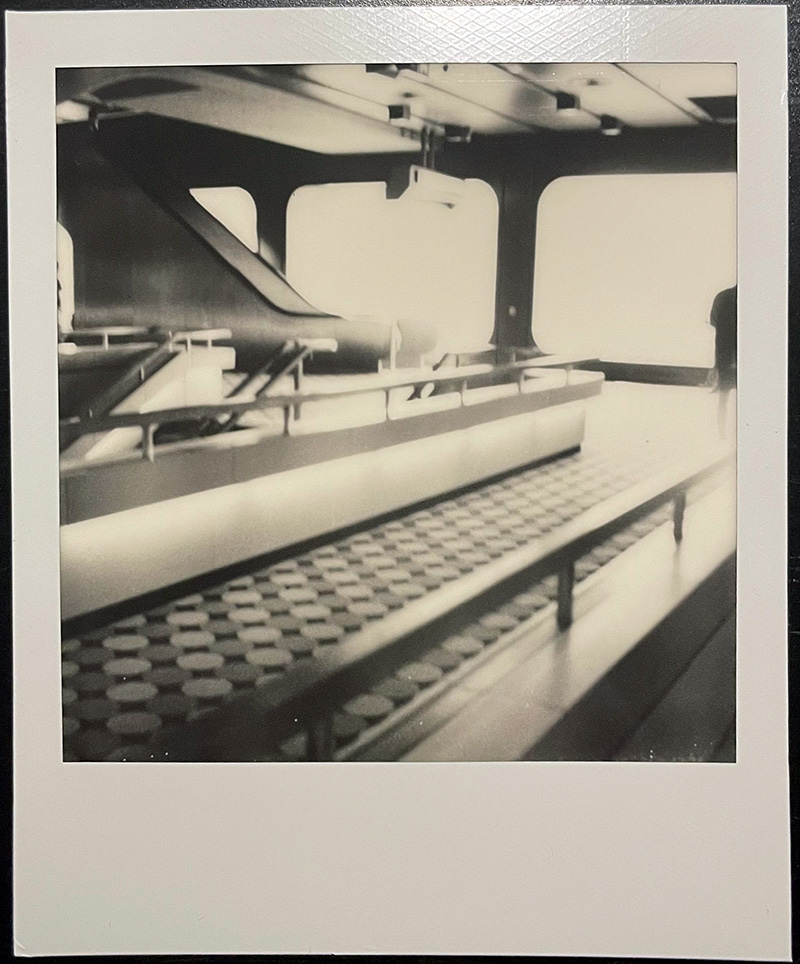
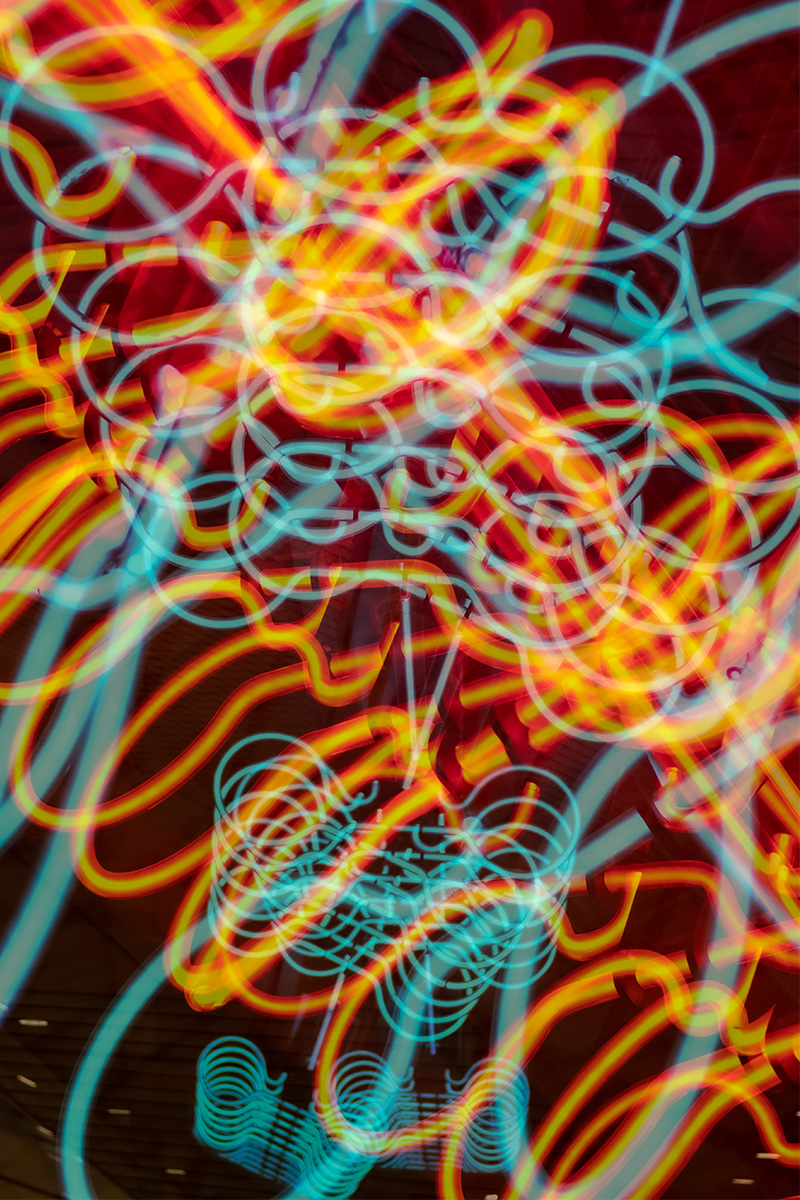
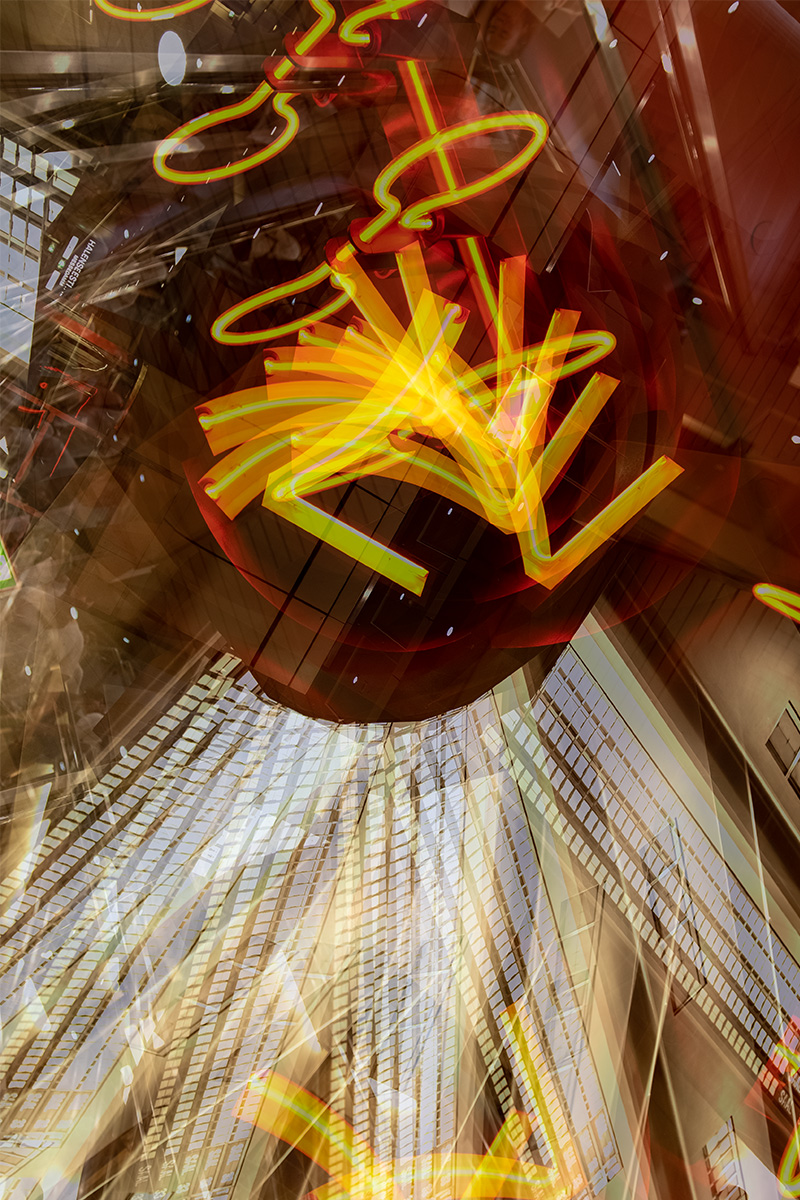
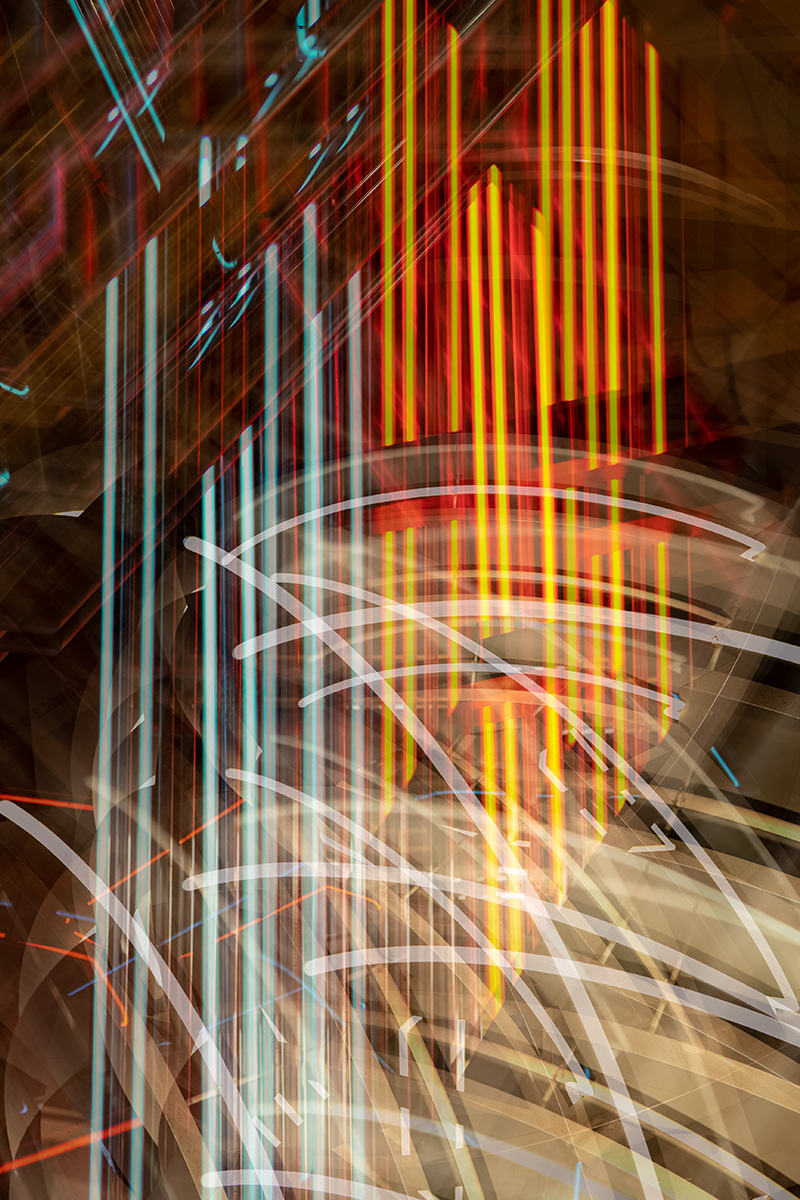

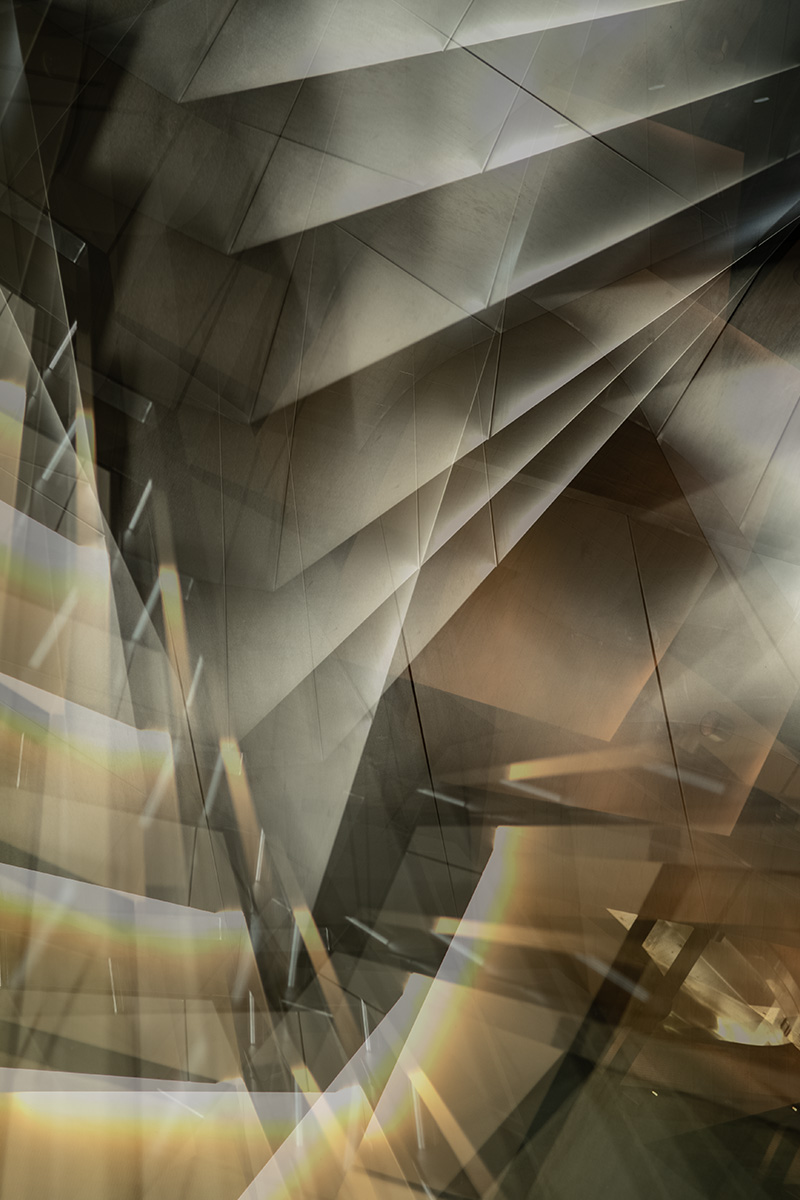
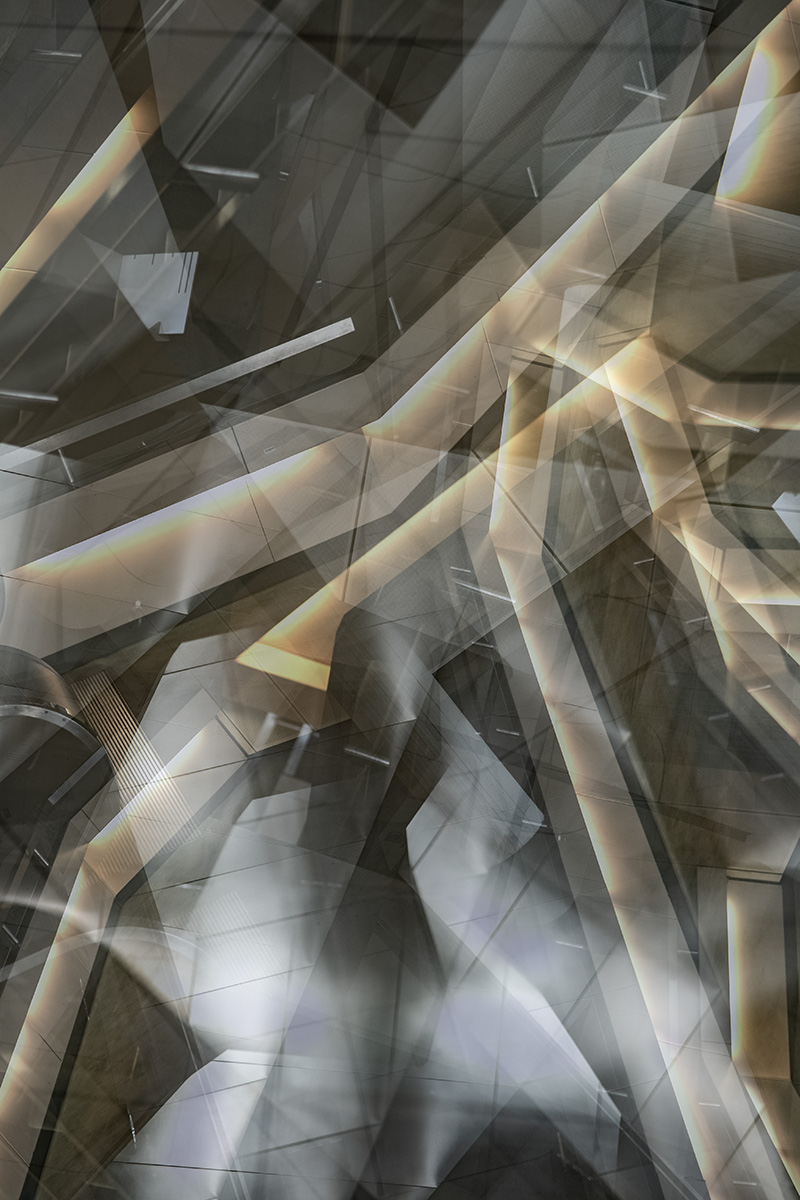
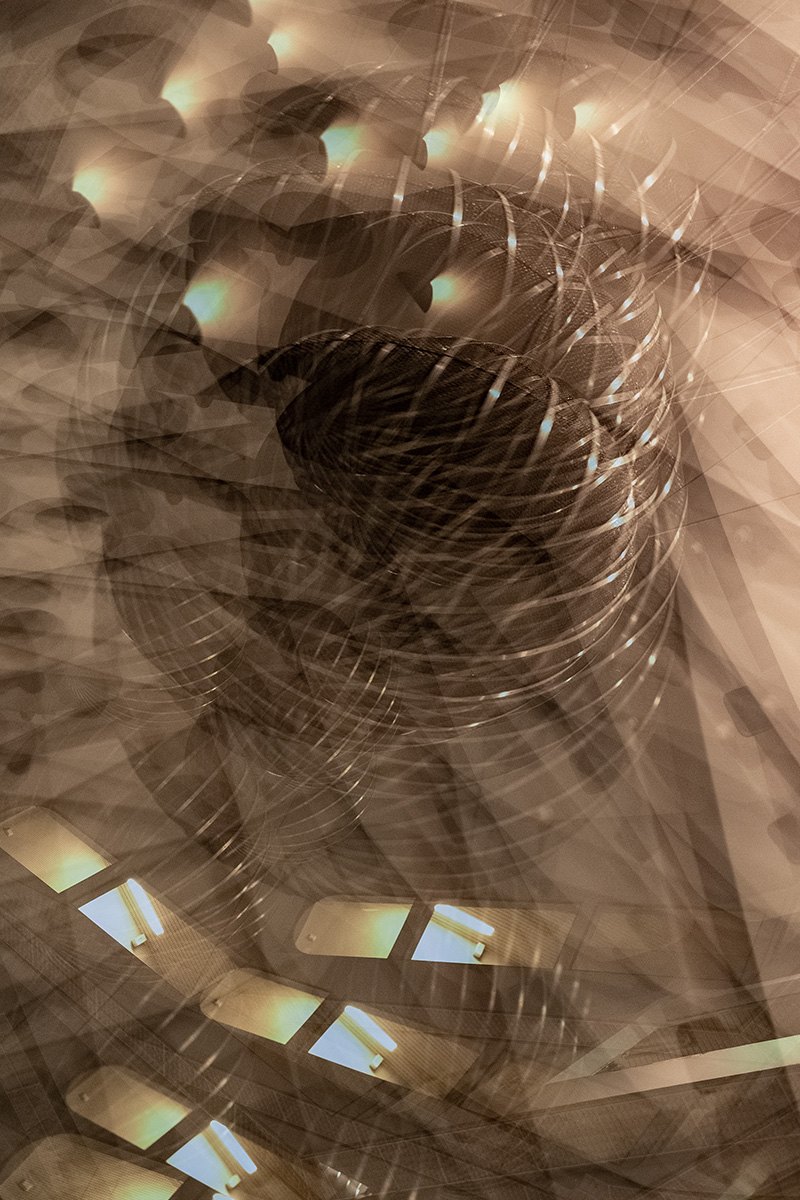
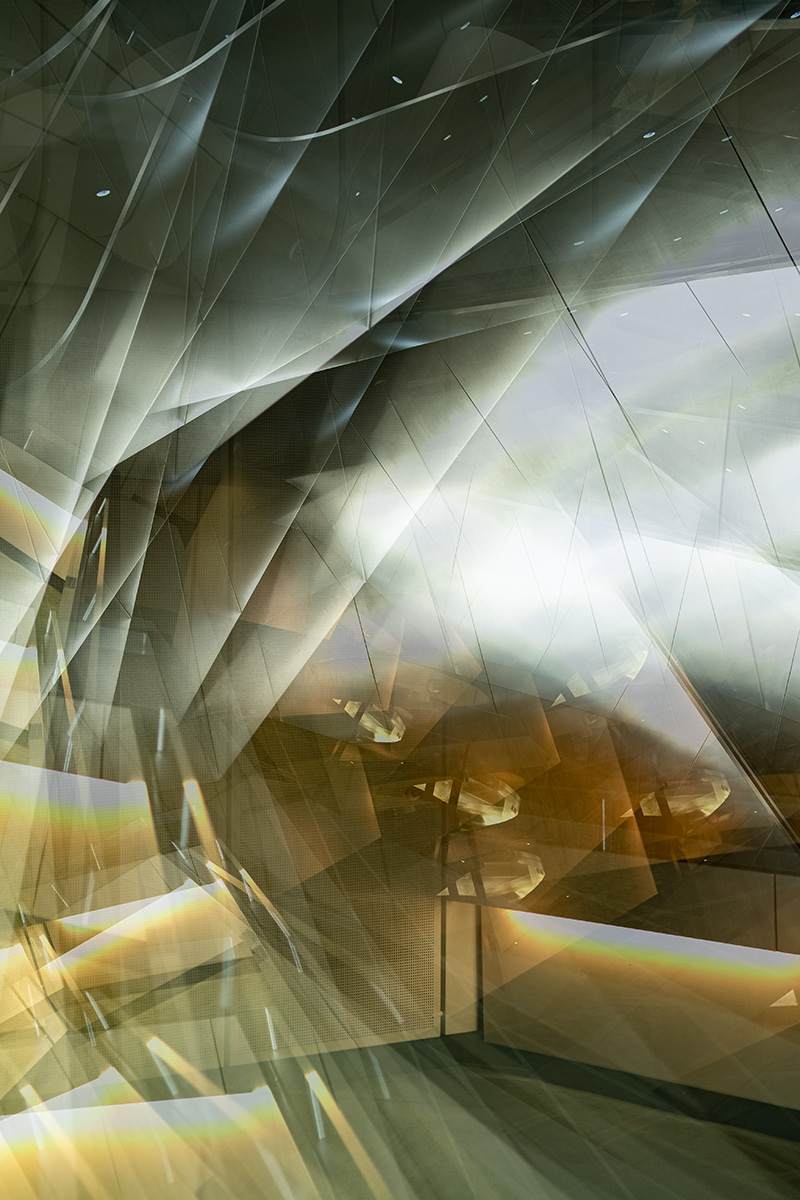

Berghain Box
I built a kick drum machine out of a cigarette tin. It’s named after a famous dance club in Berlin called Berghain that stays open for days at a time.
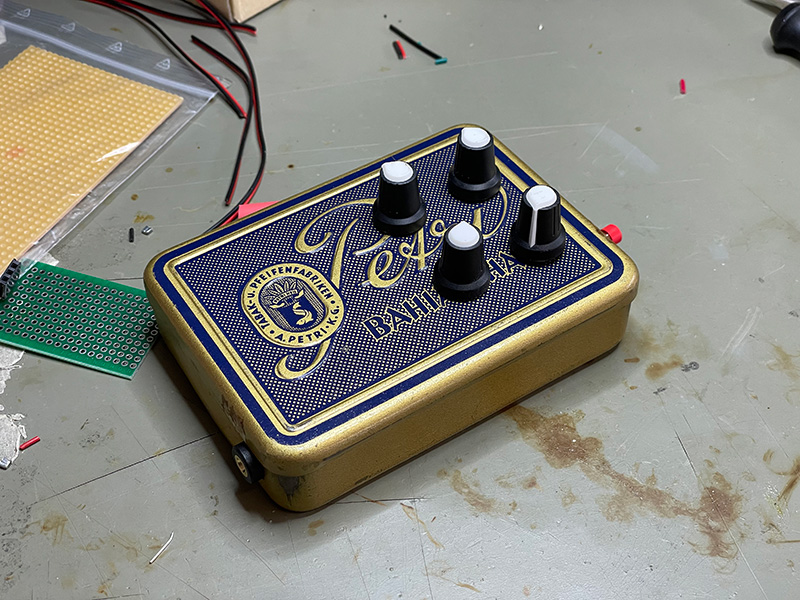
Near my apartment is weekly flea market in a place called Mauerpark. It has declined in quality since I moved here, but there are still some vendors that have authentic objects from pre-unification East Germany and Eastern Europe. It also seems to do brisk business in selling the belongings of dead people from retirement homes. The number of very high quality family photo albums is somewhat disturbing.
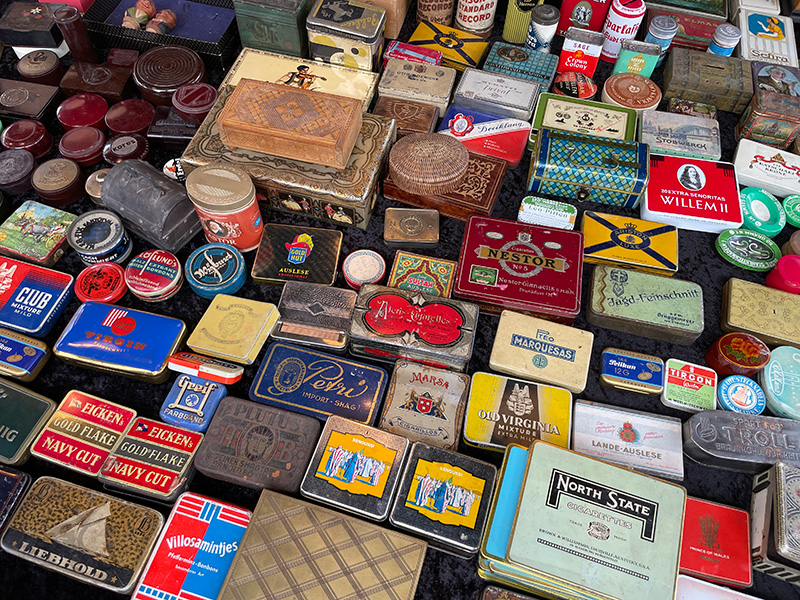
One of my favorite booths sells old cigarette and tea containers made of metal. The graphic design is classic and the boxes are a handy size. I bought a few to hold small Arduino synthesizers I make. The latest is this drum machine.

It has no patterns, shuffle, or other drum sounds. It only cycles a kick drum endlessly. It has tap for tempo, pitch, timbre, and filter. There is no stop/start. I made it as a machine to sync other instruments to and to drive a techno track. I intend to use it with the Nachtbox effect box I made last year. Used together, the yield is a noisey, glitched out industrial drum collider.
Auschwitz
This September, I visited the Auschwitz concentration camp in Poland. It was something I’ve wanted to do to since I arrived in Germany. It took a while to get the logistics timed right, but things came together in the Fall.
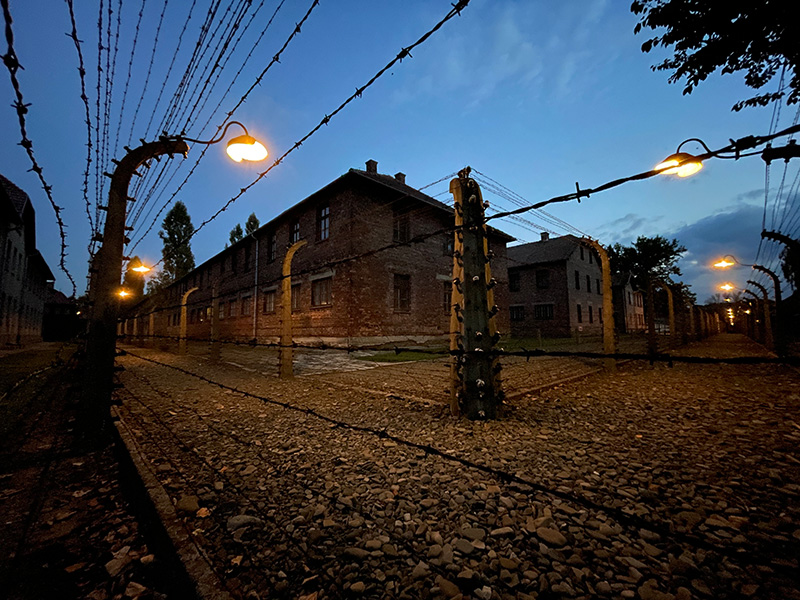
Auschwitz is an important place in human history, not only for what actually happened there but what it represents. During World War II, the Nazi regime of Germany gassed and incinerated 1.1 million people at this site, from 1941-1944. They were overwhelmingly Jewish and most were killed immediately upon arrival. The were told they were being relocated and when they arrived, led into what looked like showers for bathing. Then they were gassed with a range of toxic chemicals. Prisoners at the camp loaded the bodies into nearby ovens and they were cremated. It’s not the only place where this happened, but it is the most notorious and the only one left intact as a memorial and museum.
I knew about about this history and had read plenty about the context. But, I really wanted to see the place for myself. I wanted to know what it felt like to stand on the grounds and see the trees and hear the natural sounds of the area. I also wanted to make drawings of the buildings and interiors, as a way of staying present and focused.
In the morning I took the group tour, which I hated. The people I was with were there for very different reasons. I think most of them just wanted to see the spectacle of it all, like a haunted house. For them, it was one of many places they breezed through while touring Europe or Poland. People took selfies and did video streaming, got bored and talked over important information from the guide. Thankfully, I had another ticket for later that let me roam the grounds independently. That ended up being the most meaningful experience.
One building had 100s of prisoner portraits in the hallways. I made some drawings of a few faces, but wished I had more time to do studies. I discovered that most of the images were made by a Polish photographer who was captured and put to work in the camp. His name was Wilhelm Brasse. When I returned to Berlin I watched a documentary about him and also found an archive of many of the images he took.
I started to make drawings of the prisoners, a few each day after work. I also visited the site of the Wansee Conference. It was the meeting where the practical plans for the elimination of Jews were made. Auschwitz was a direct result of that meeting. I made drawings of the Nazi organizers that were there.
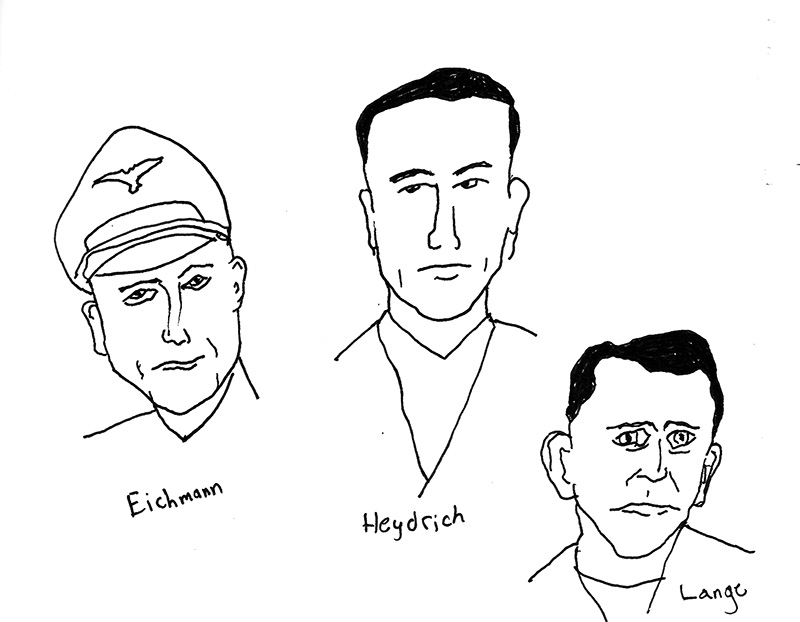
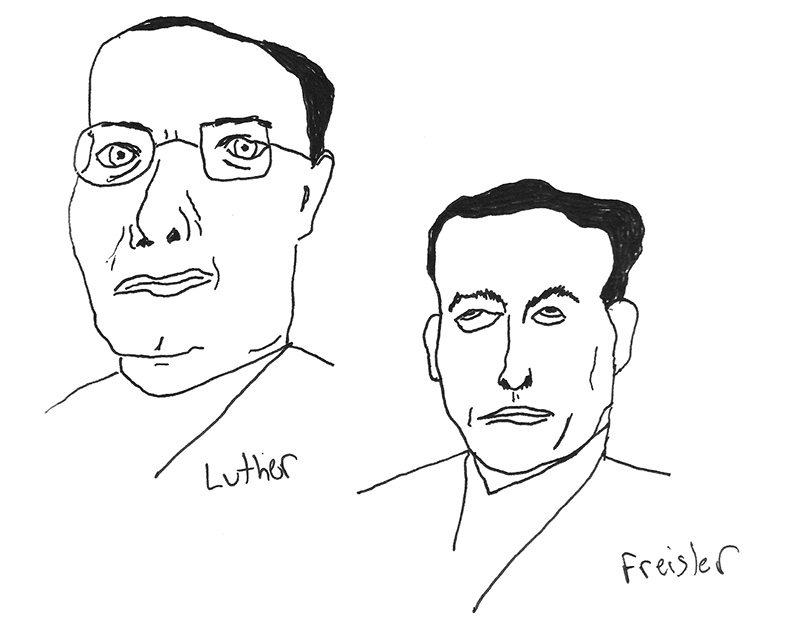
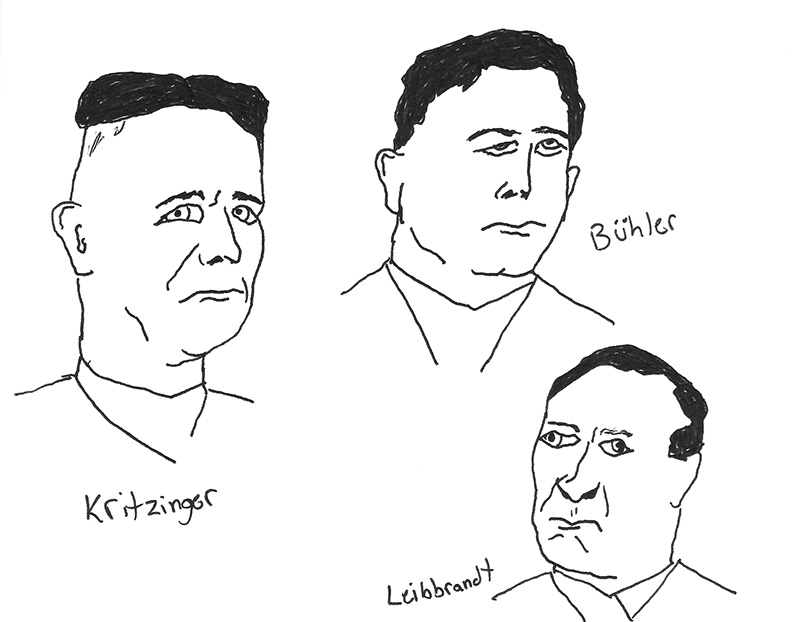
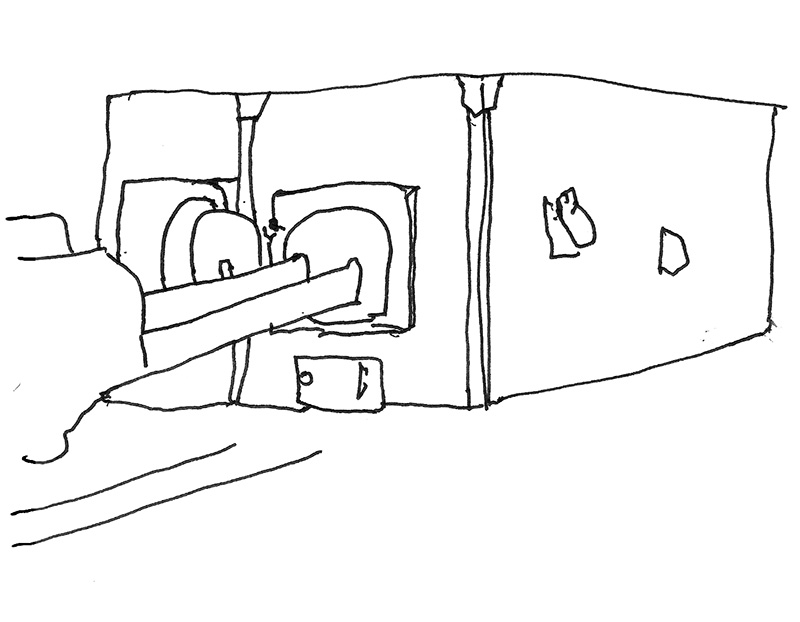
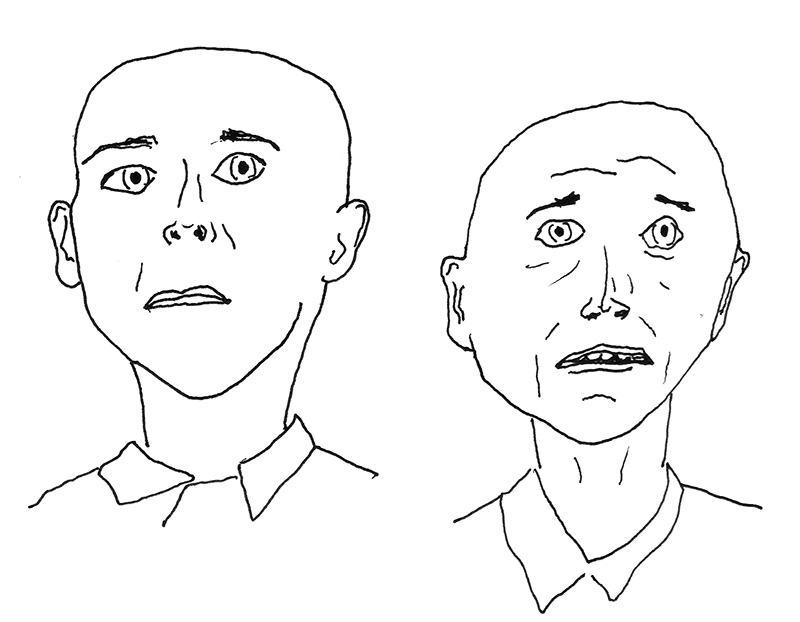
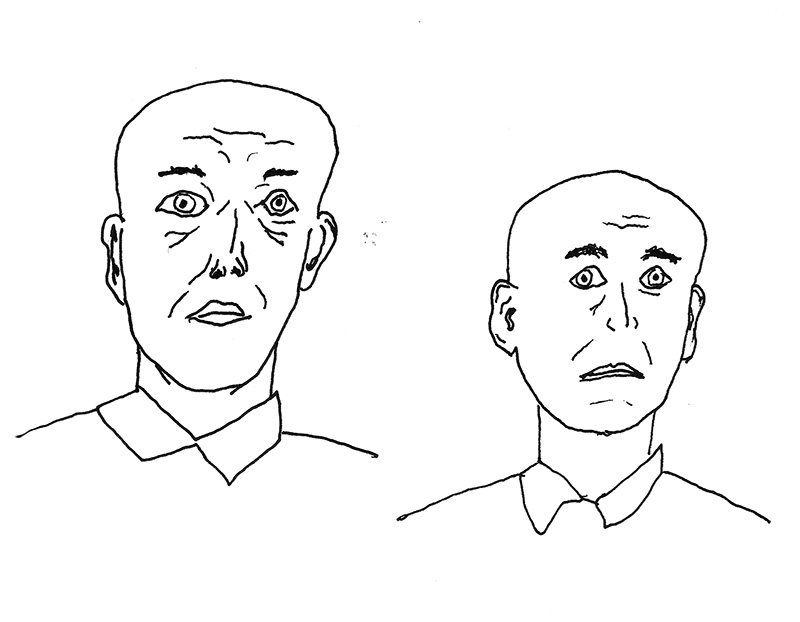
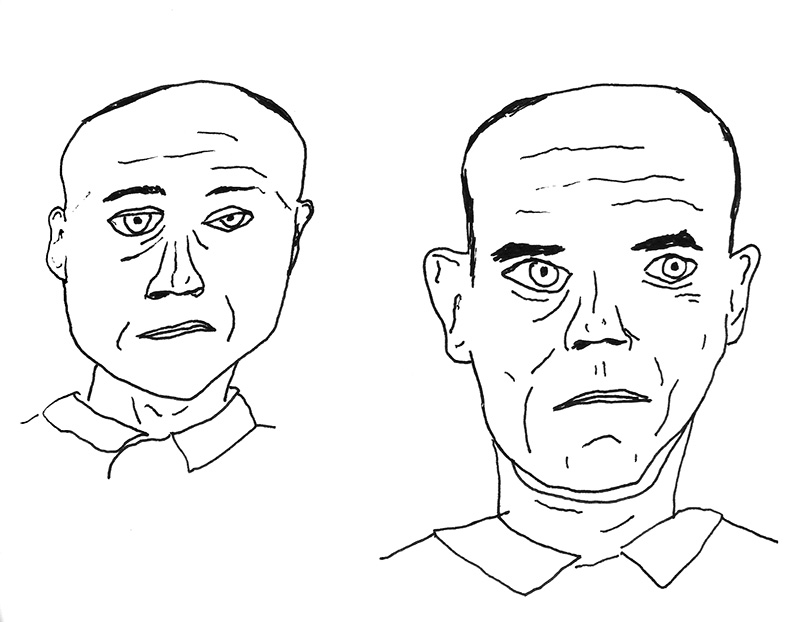
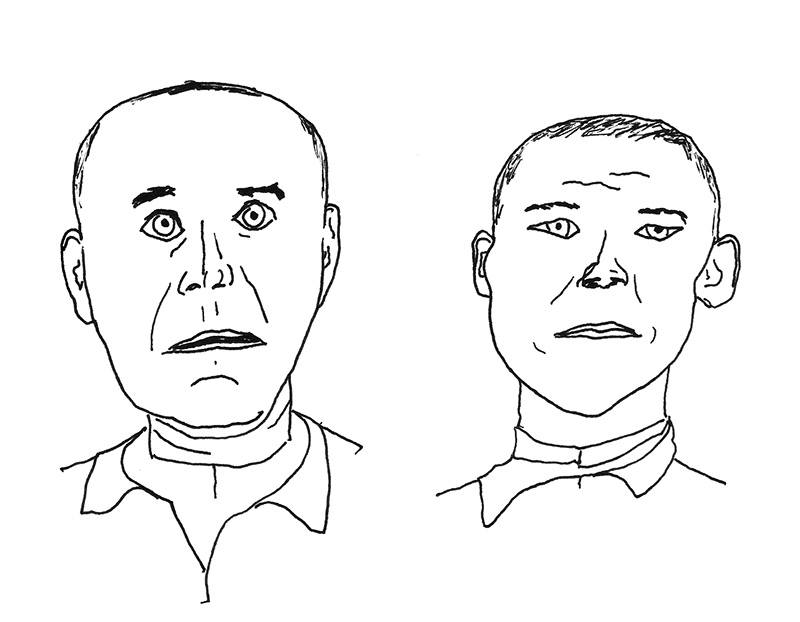
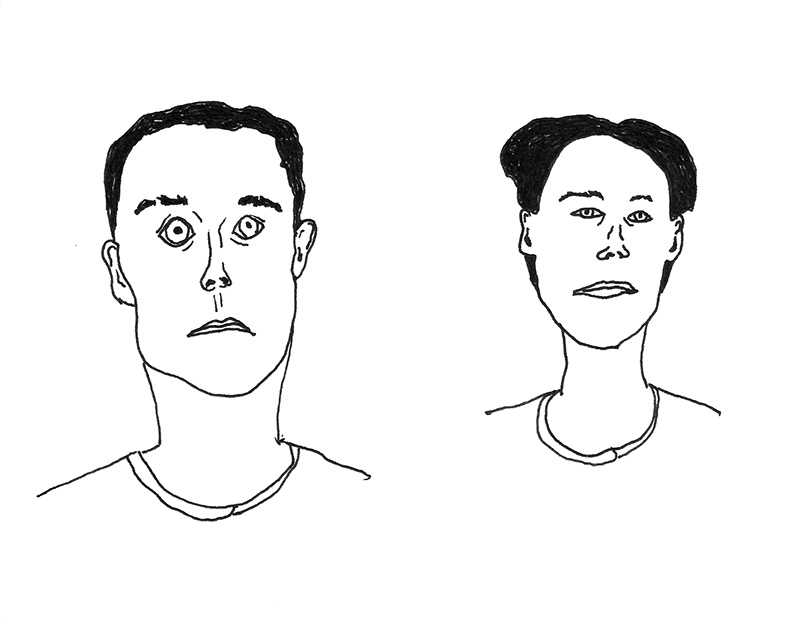
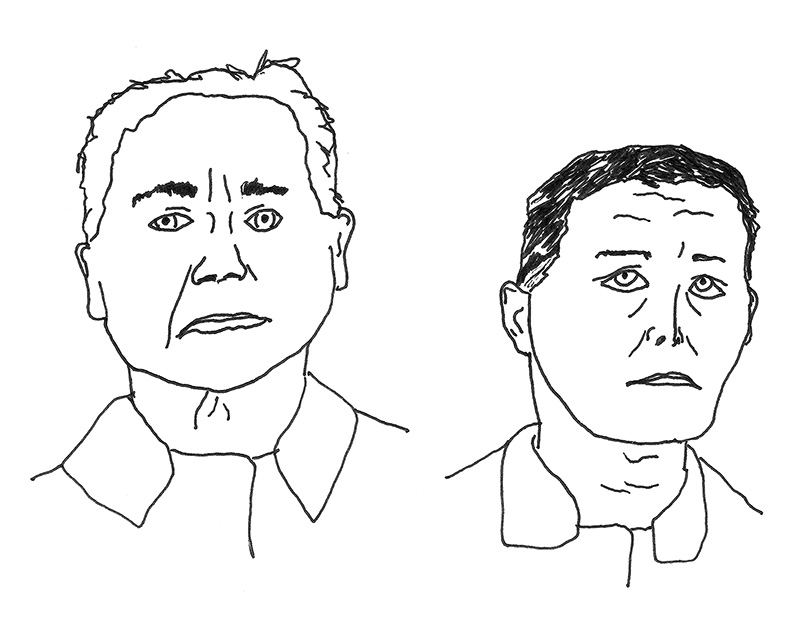
My drawing style is too cartoonish to do justice to these images. I kept drawing anyway because it felt like a constructive way of actually connecting to the individual people in these photographs. Instead of thinking of them as “the Jews”, I though a bit more about what their individual stories might have been. I have no idea what I’ll do with these.
One of the biggest impacts of that visit came when I returned. From landing at the airport to riding subways, I was seeing the Germans next to me differently. I didn’t think they were Nazis. But, I wondered if they were put in that time, in that context, would they have ended up that way? It’s similar to thoughts I had growing up in the Southern U.S. If I had been born in 1850, would I have been a Confederate or had friends in the KKK?
We tend to have these easy conclusions in hindsight, from decided history. It’s very easy to pick the right side of history. I’m skeptical when I hear people make righteous proclamations about what they would have done in historical times. It’s crucial that we continue to reflect on our principles as people and societies, to make sure they continue to come from place inside us that is real and enduring.

A few doors down from my apartment in Berlin are these markers. They indicate the people living there were extracted and sent to Auschwitz, where they died. Markers like this are placed all over Berlin as incorporated history. Reminders that we are all living right where the terror began.
Frieze London
One of my goals while living here was to visit a major international art fair – the kind that gets written about in ArtForum. I considered Art Basel in Switzerland or Frieze London in the United Kingdom, or possibly both.

I picked Frieze London and attended in October. I sort of knew what to expect. Mingling with the global super rich in the heart of London was bizarre and not very revealing. I got the feeling there wasn’t much beyond the obvious there. It was such a contrast to the independent art scene in Berlin and the co-ops of Supermarket in Stockholm.
This was hardcore transactional culture on parade. If you didn’t understand the art it was because you didn’t know the right names or follow the right galleries. Most importantly, you had say it all sucked, because putting down artists and gossiping is the social currency there. I was so far out of my element in that place.
I really tried to walk around and find art to connect to, but it was hard. So much of it was designed to be seen and bought, not felt or resonated with. I’m sure many of those artists had other work that offered that, but not there. The whole place reeked of cocaine sweat and plastic wrap, with breezes of expensive perfumes.
Here are a few pieces I did like.
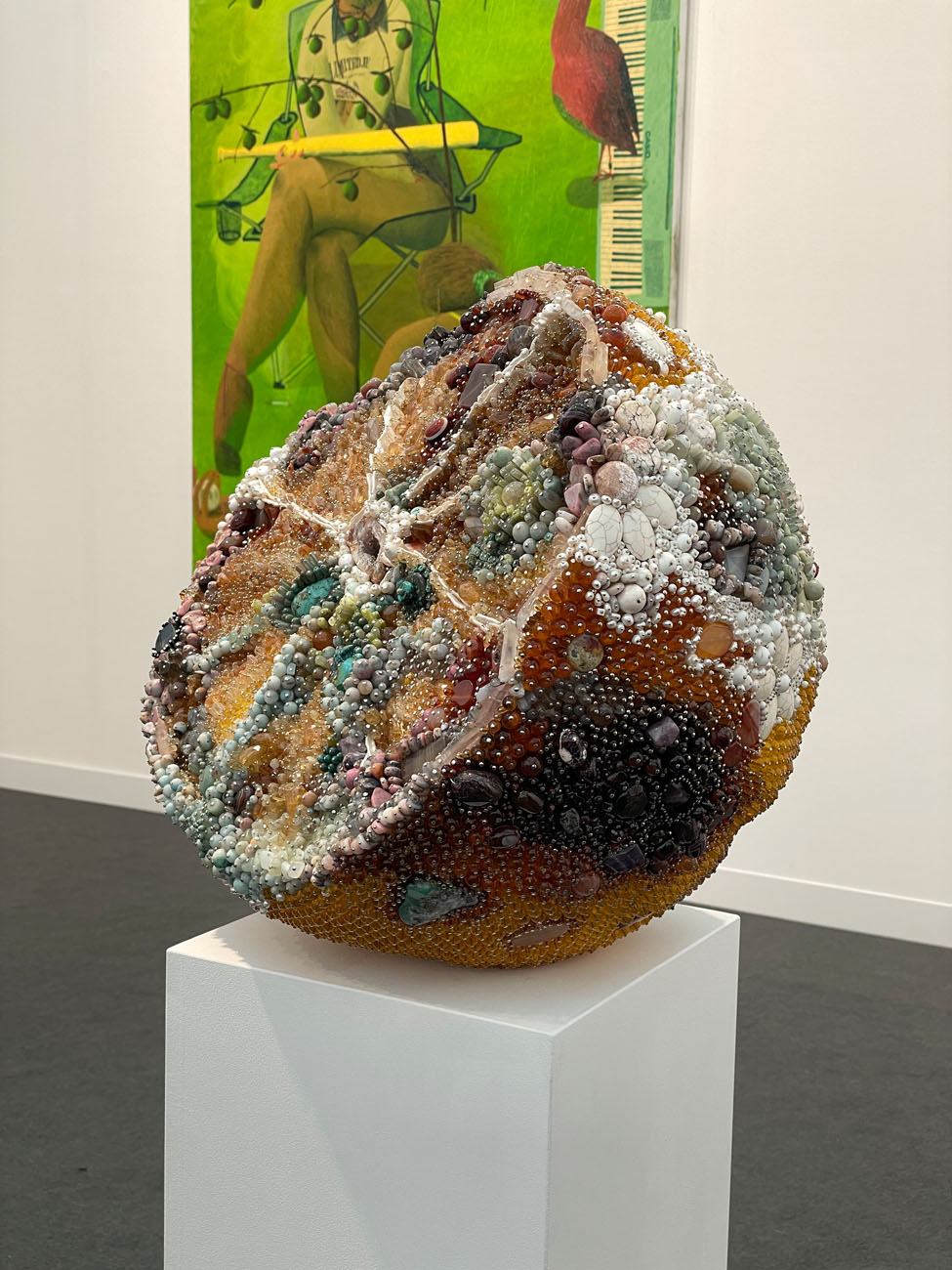
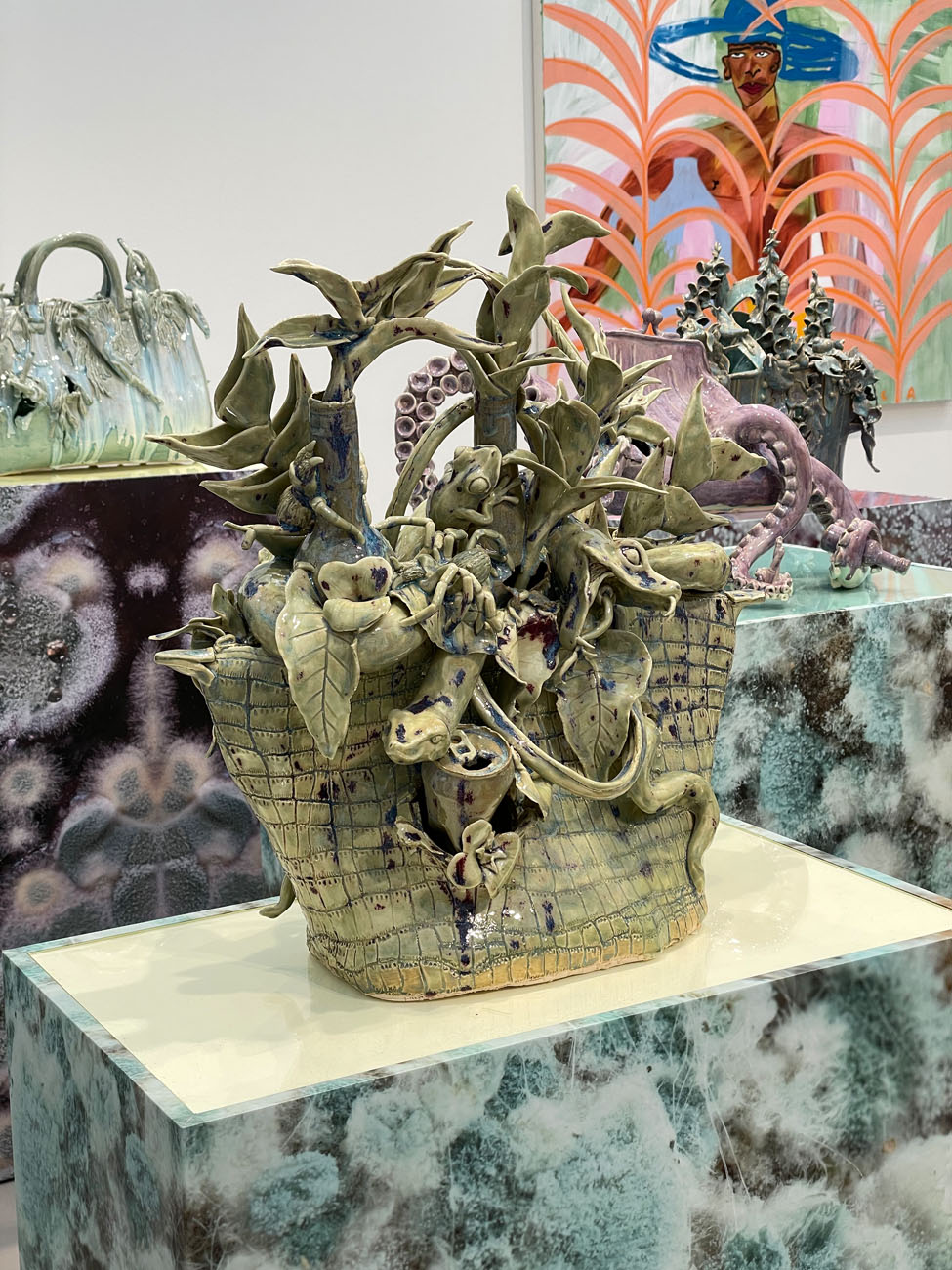


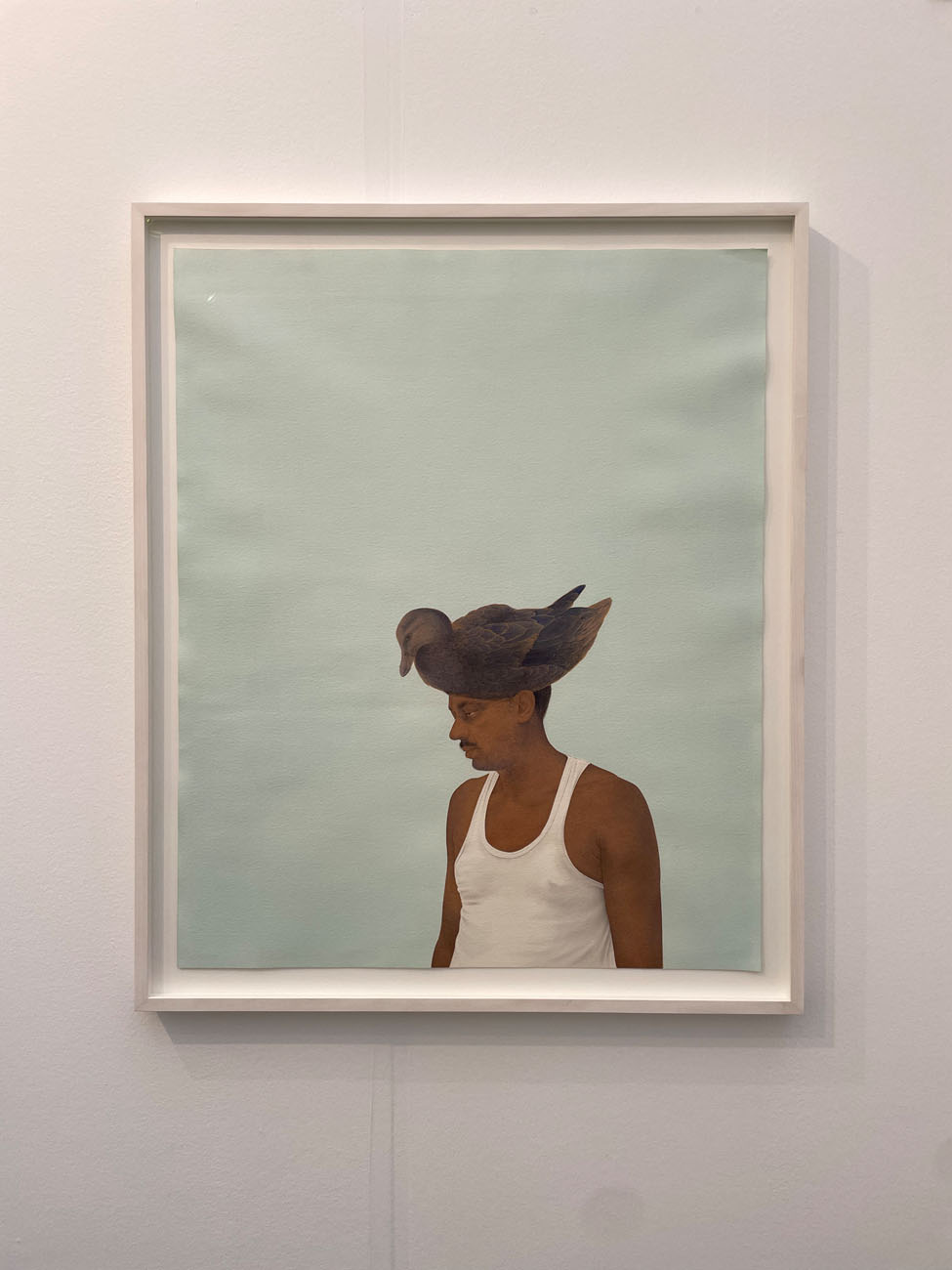
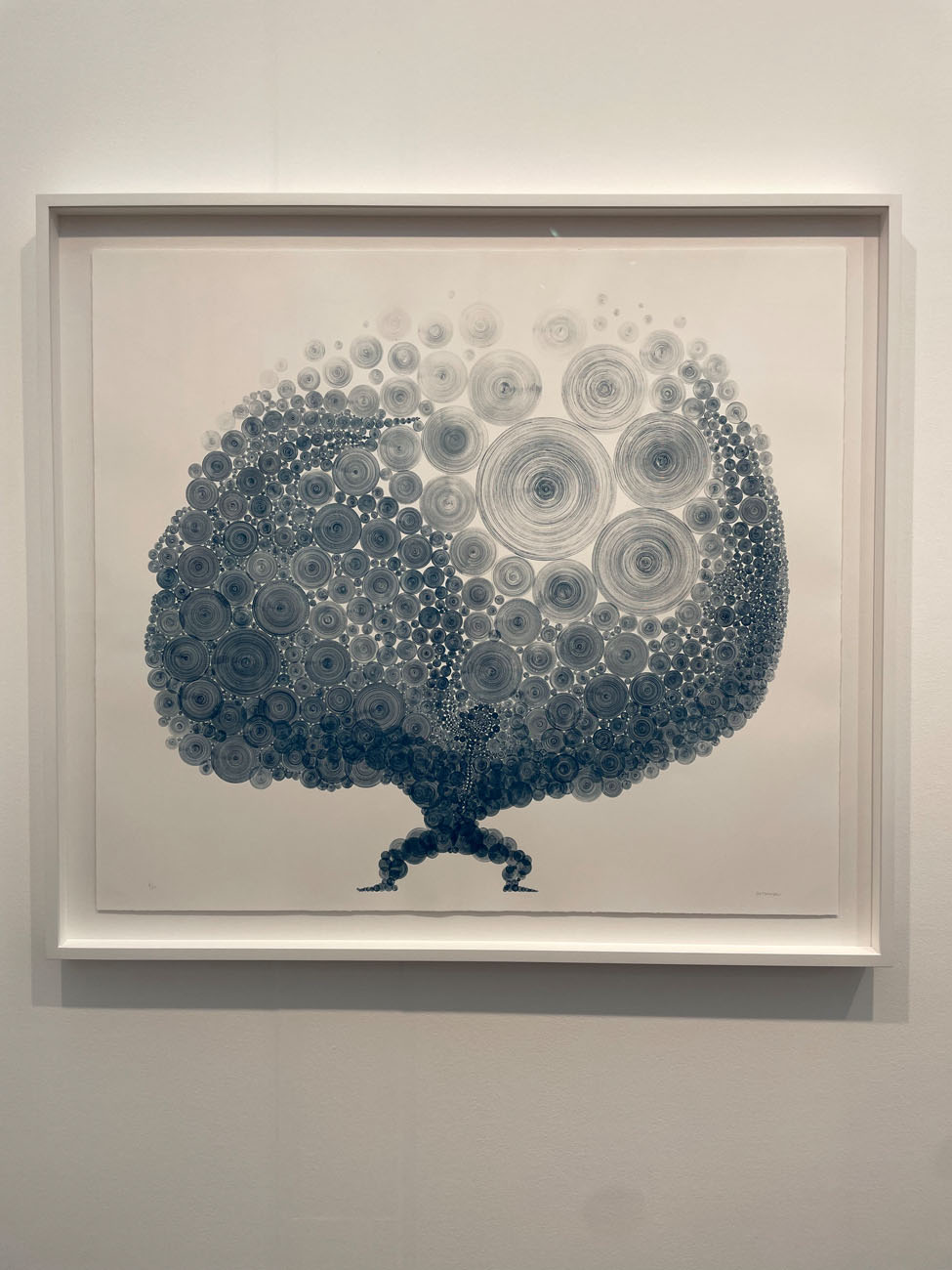
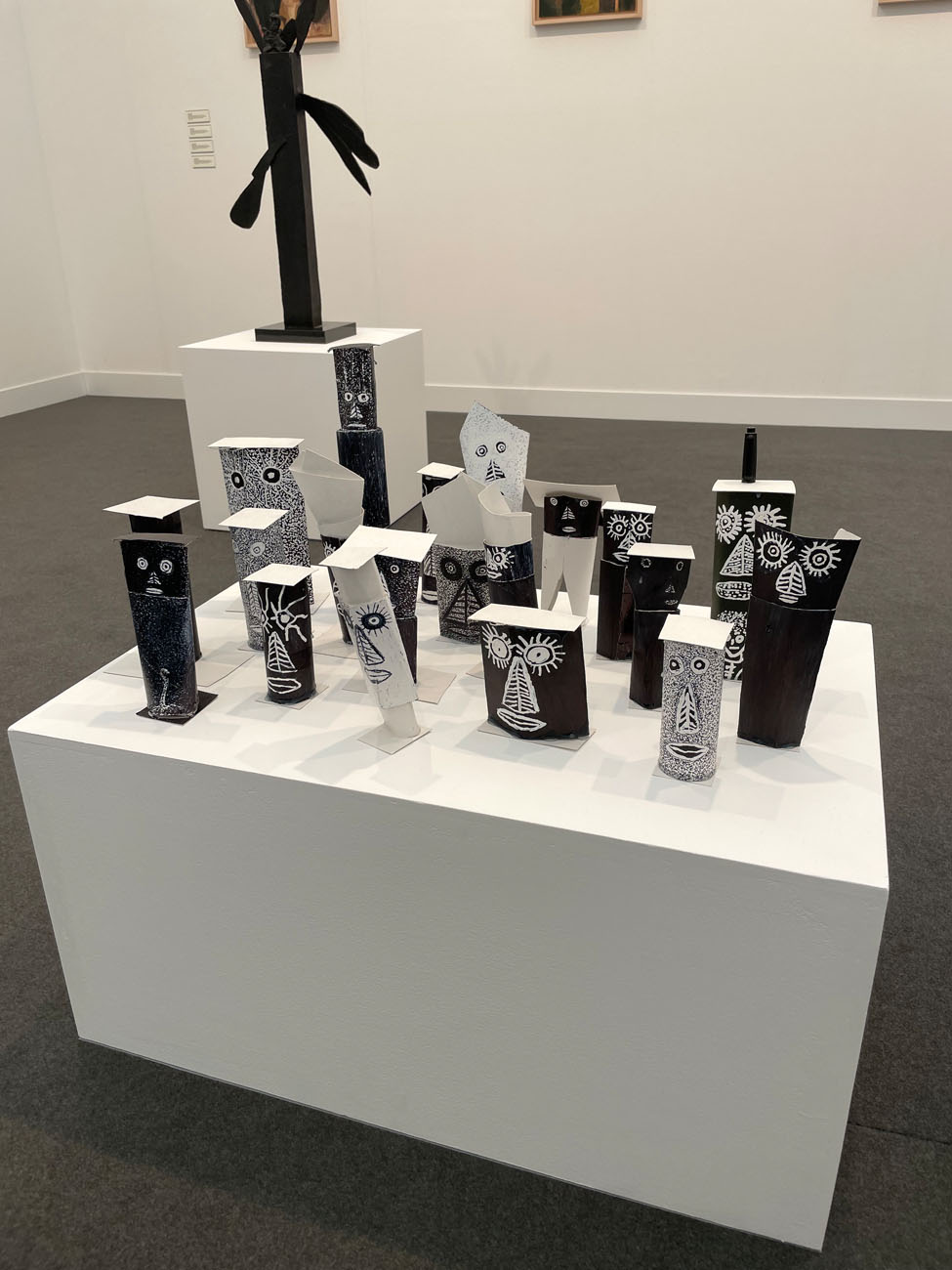
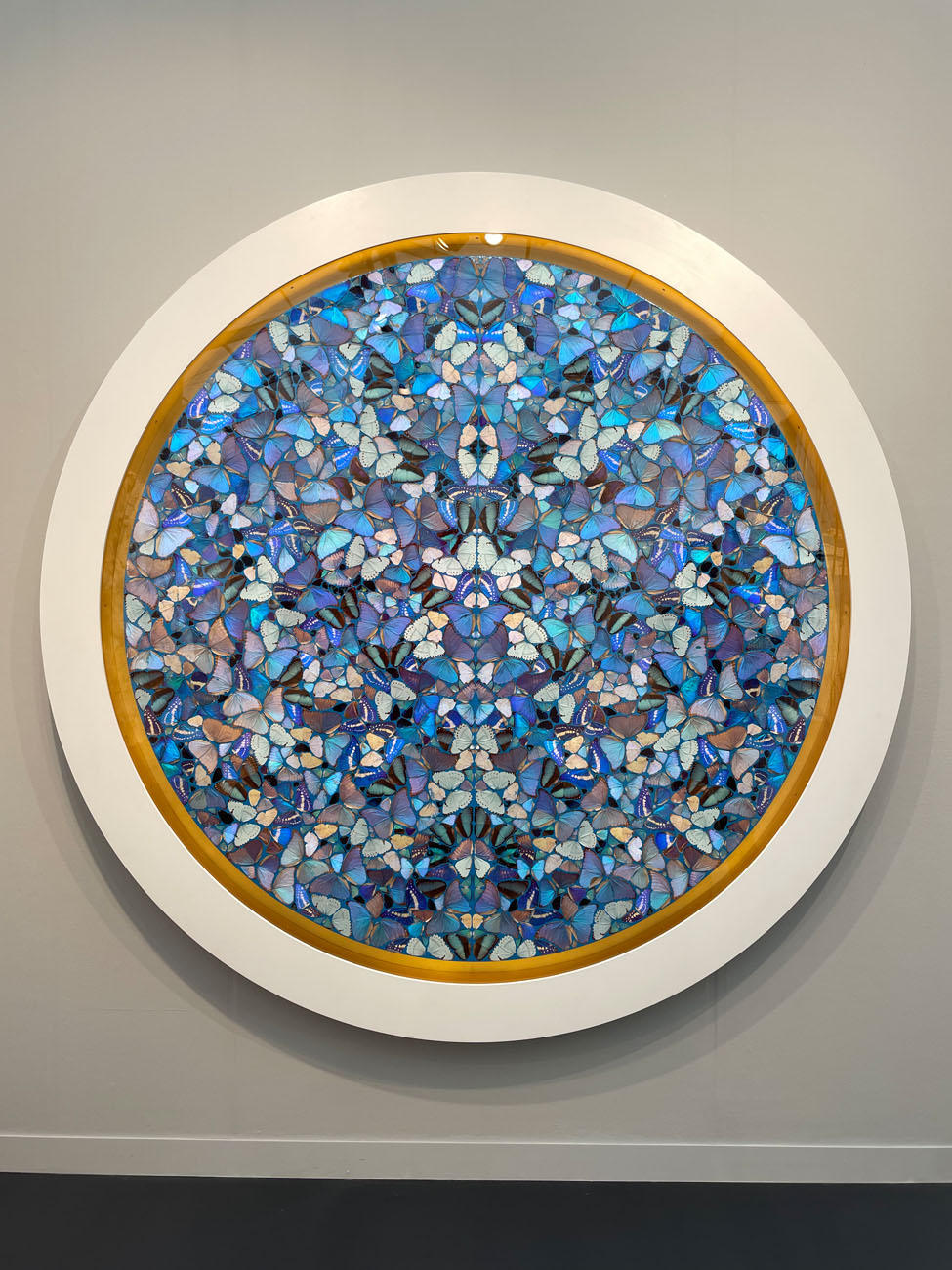
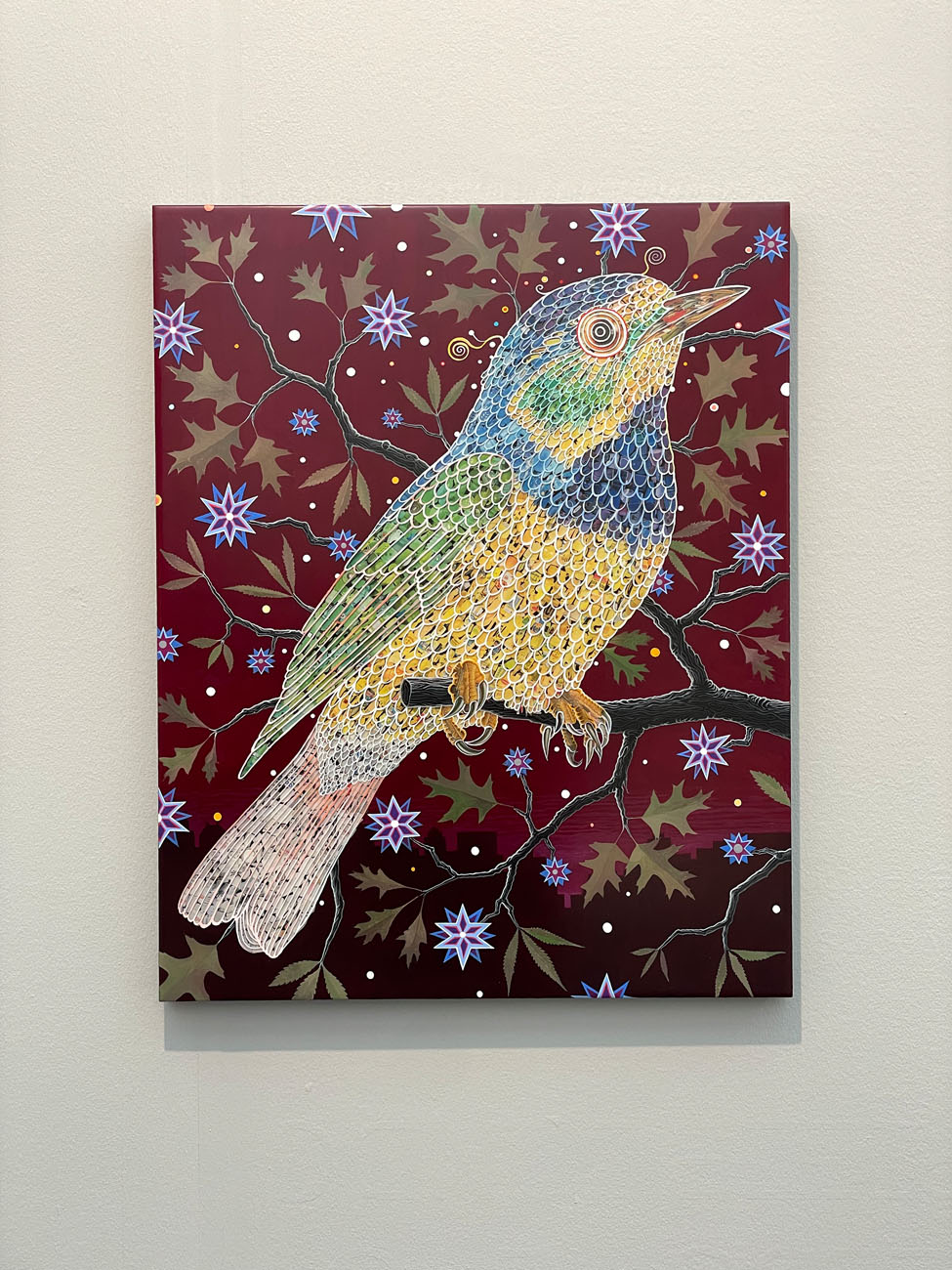

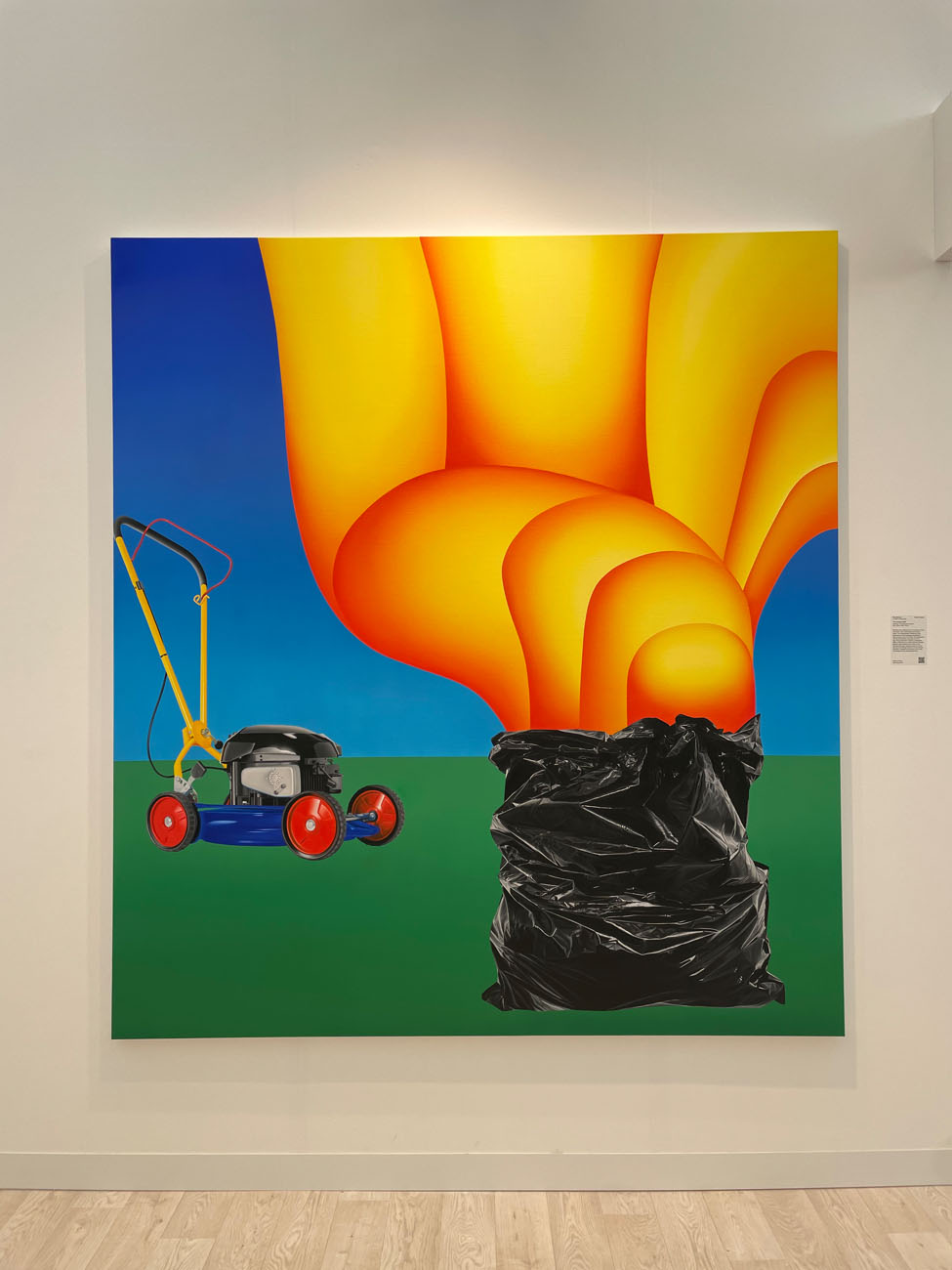
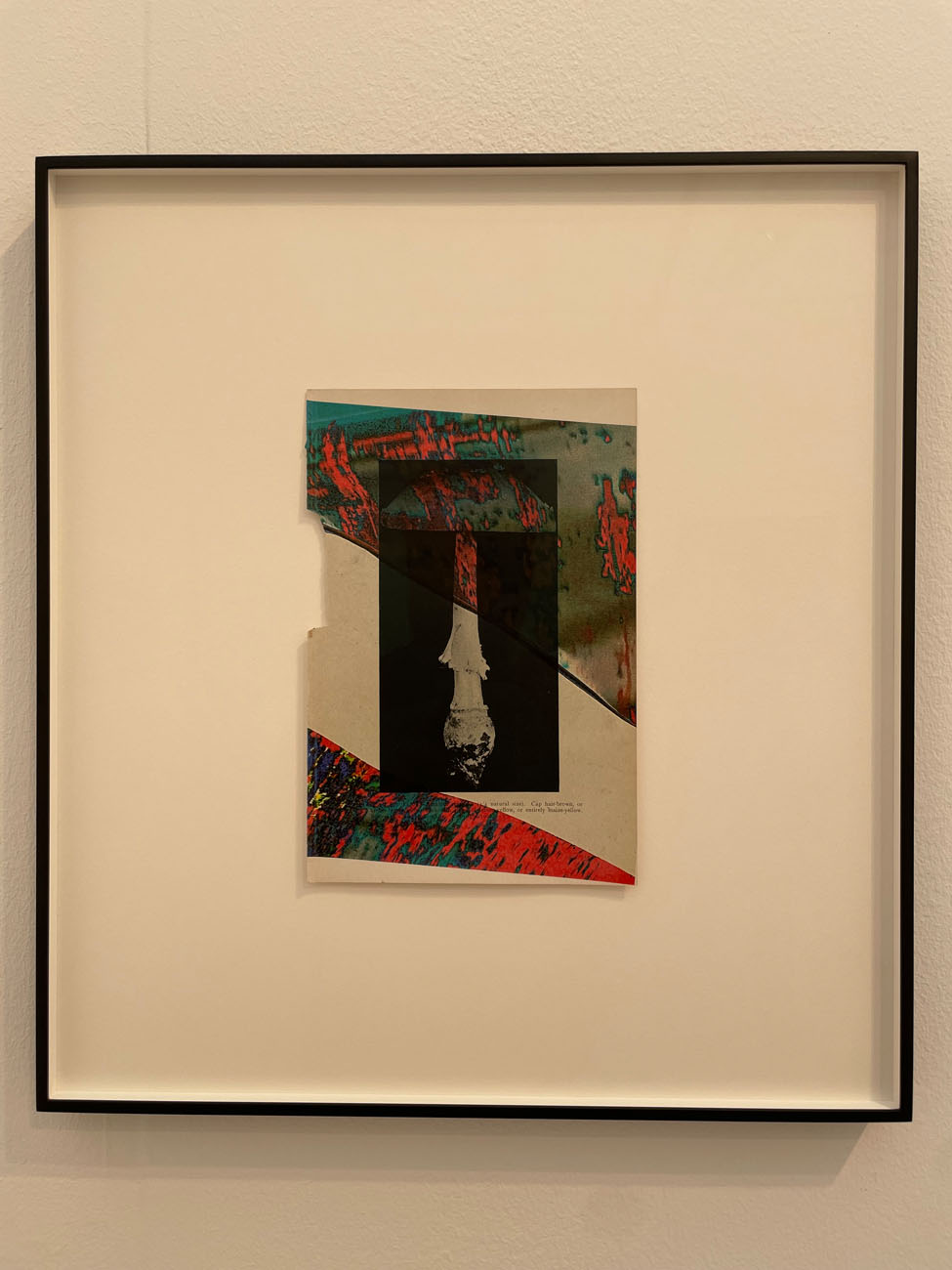
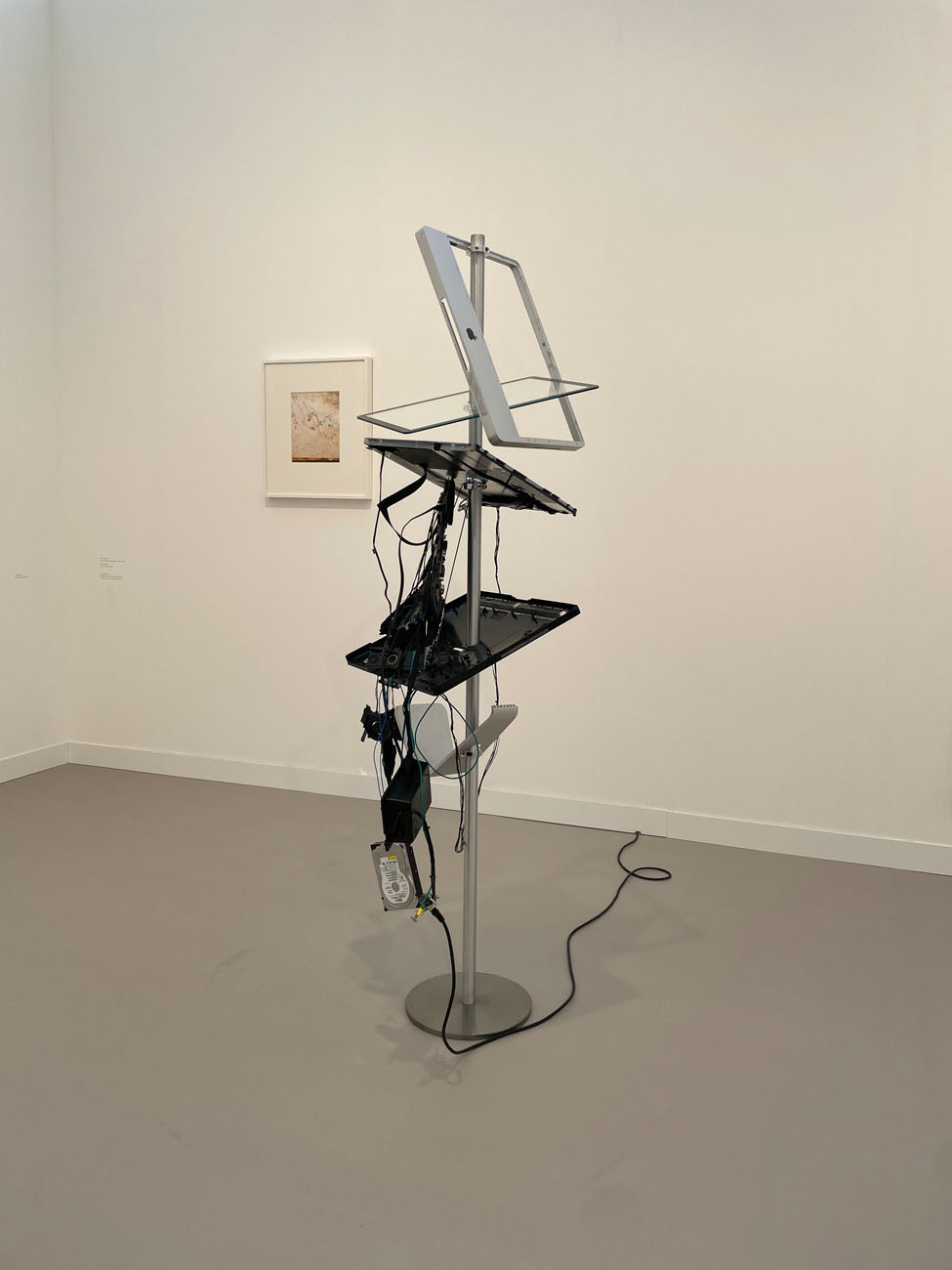
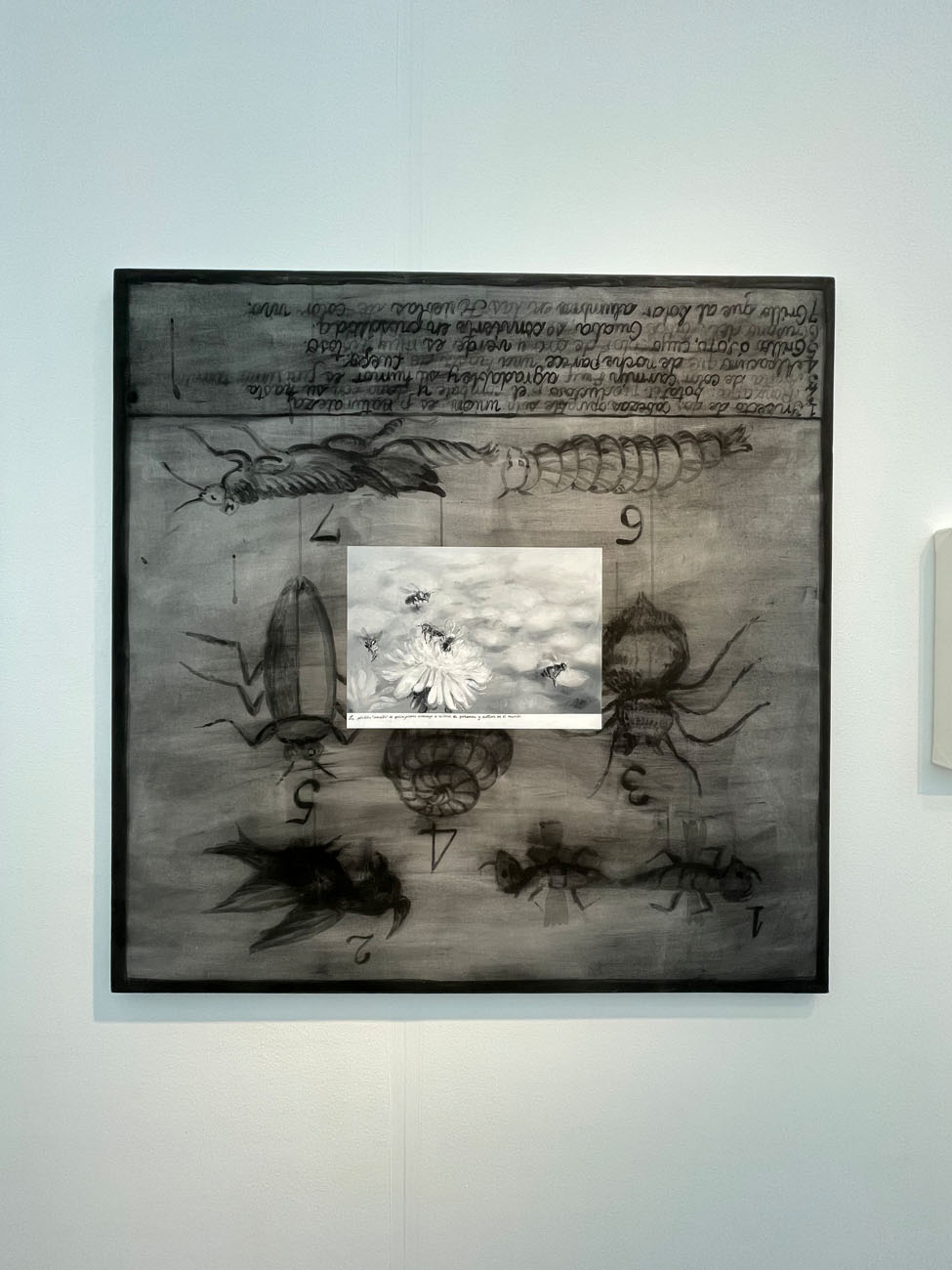
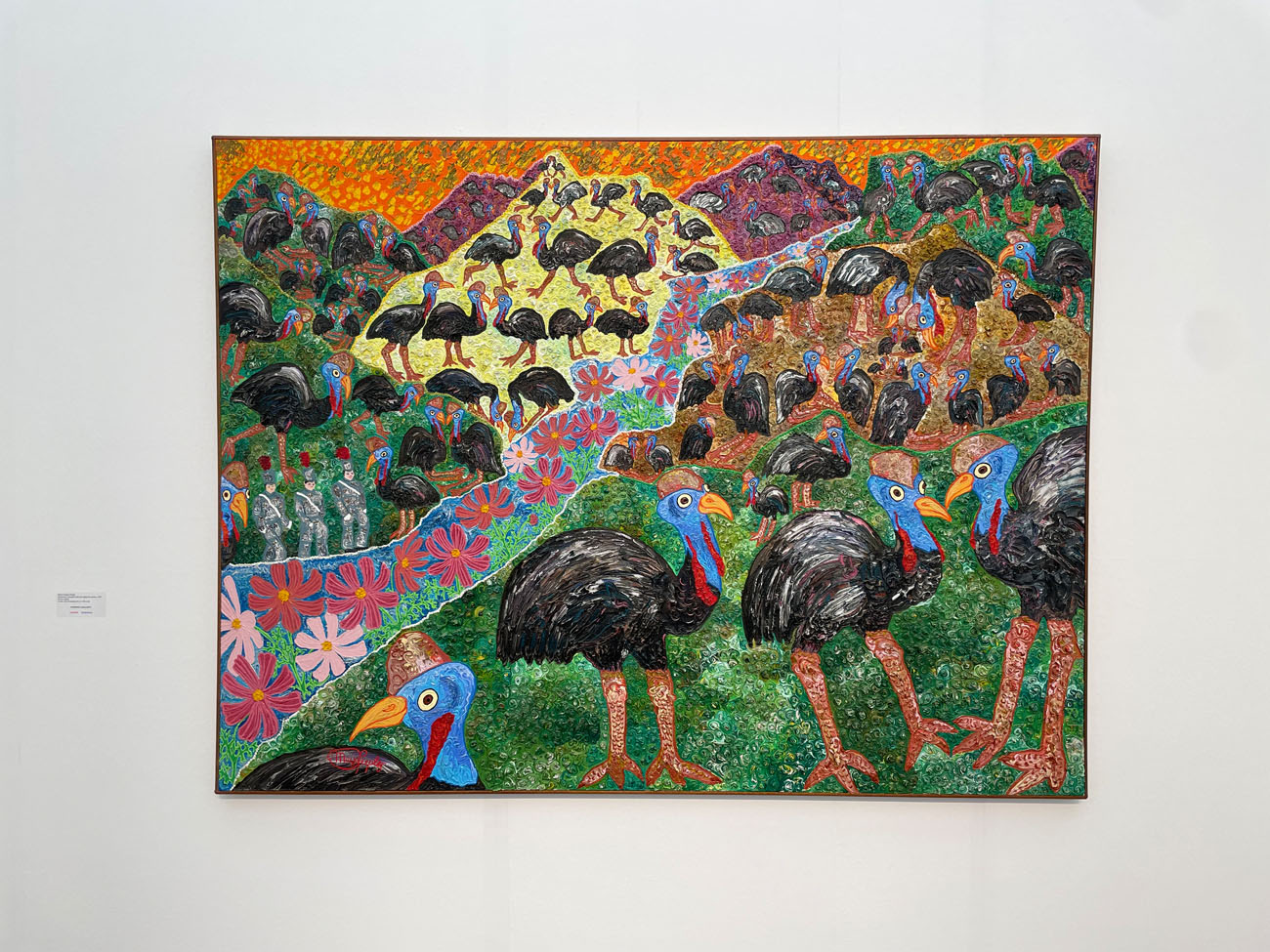

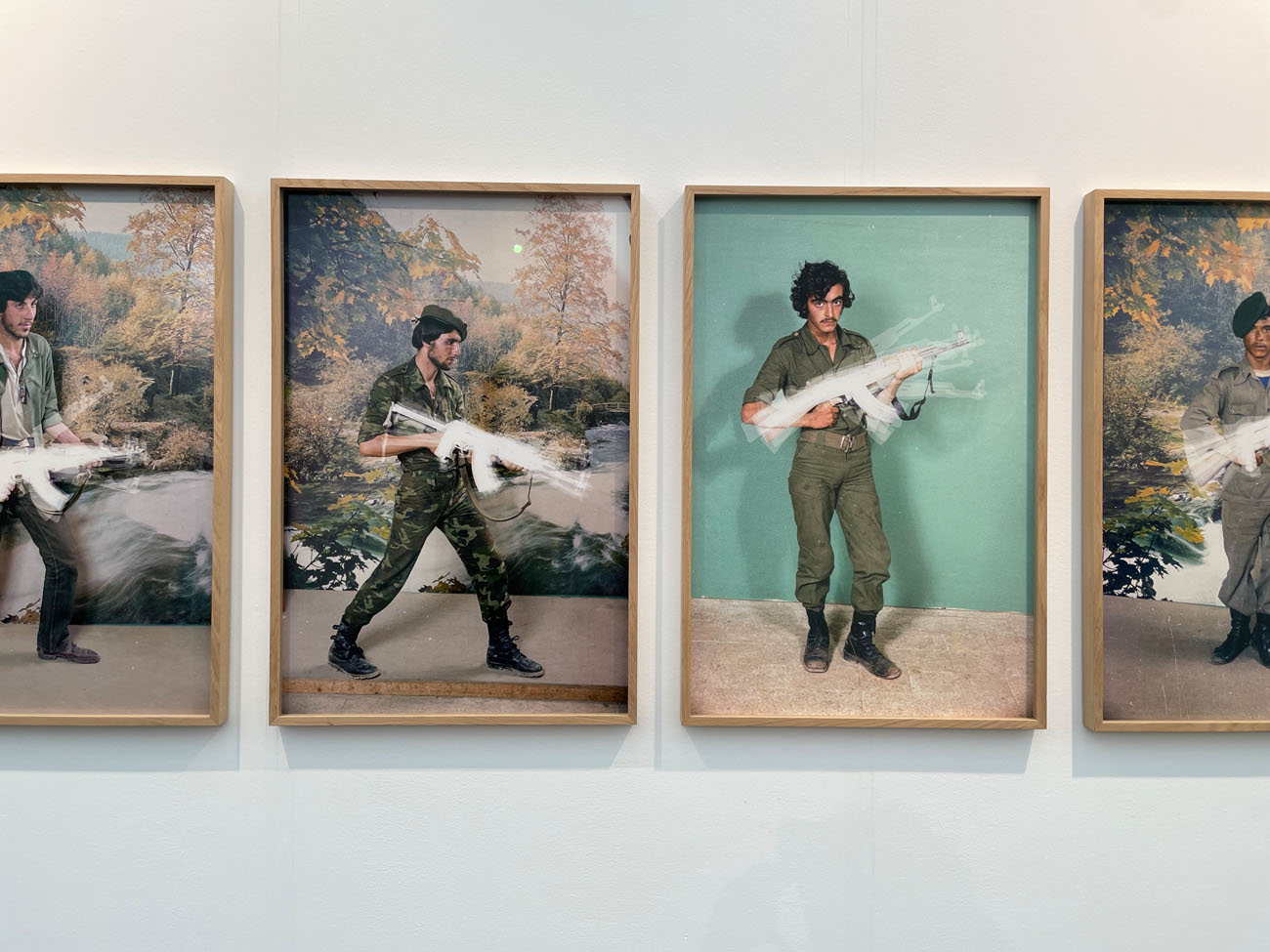
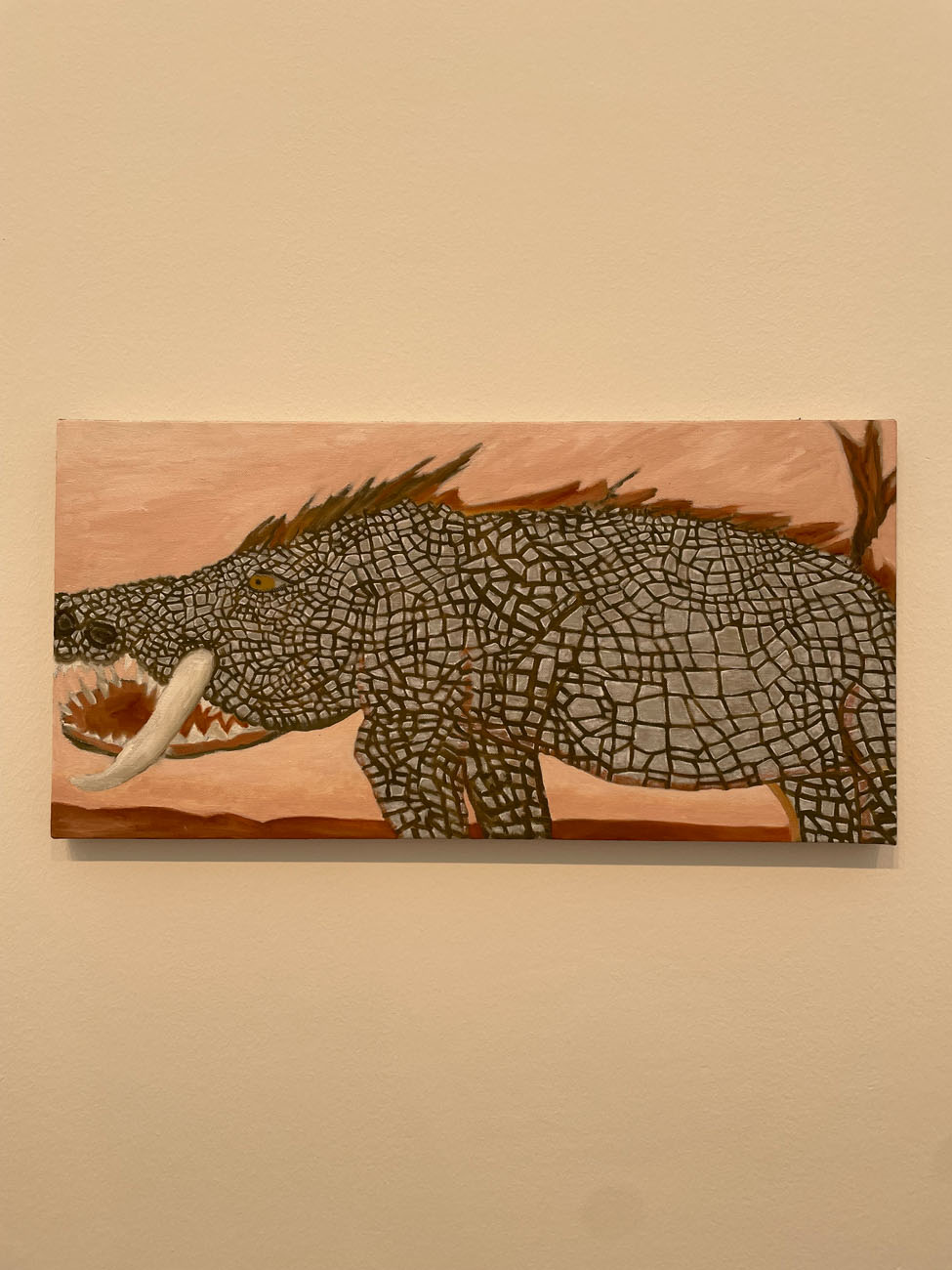
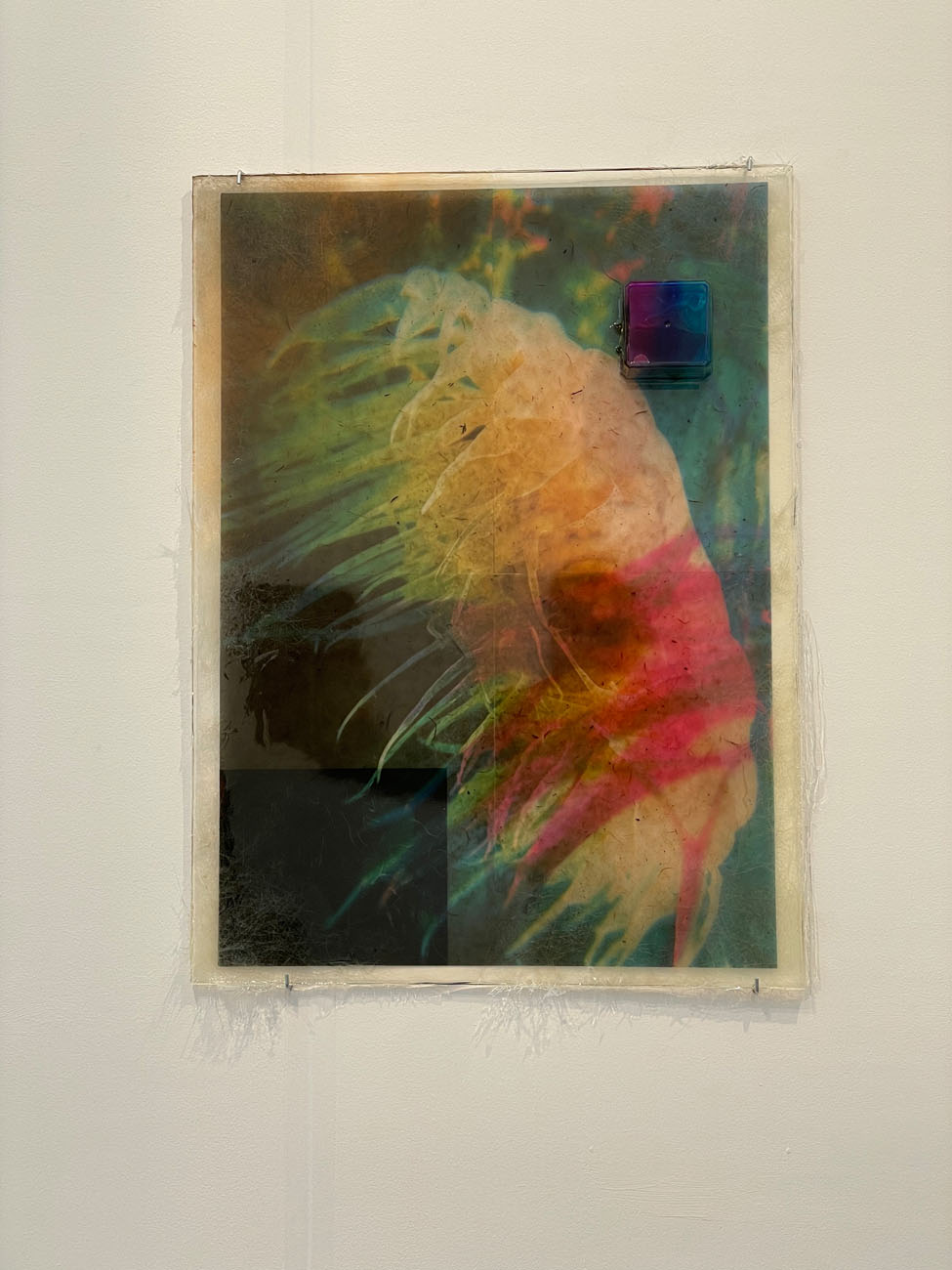
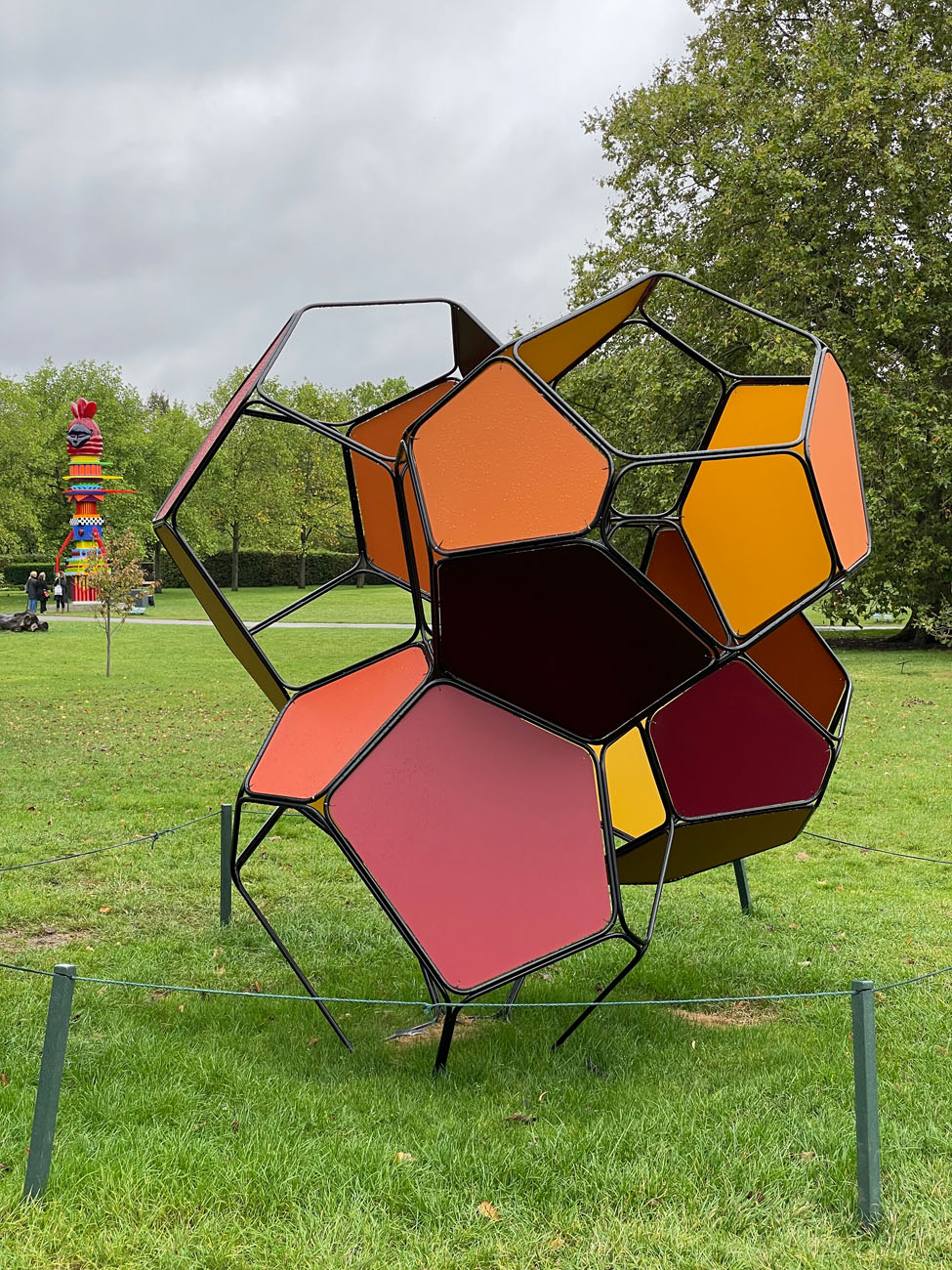
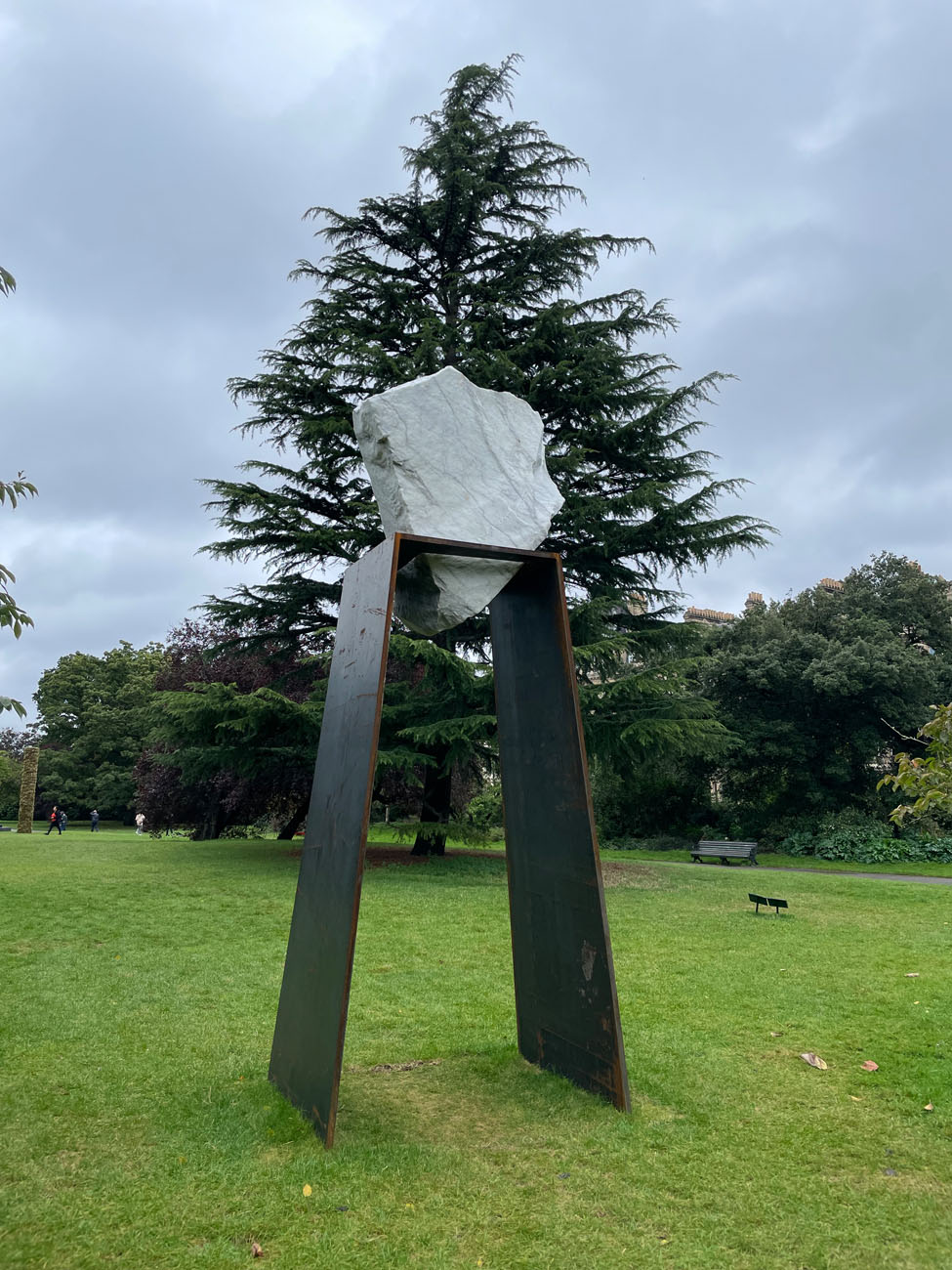
New work
My own art was pretty scattered and sparse this year. Full-time work and limited space suppressed my creative output. I did find some success, though. I made the best of my small working area and focused on new techniques and mediums that were appropriate for that. That meant works on paper with Polaroid transfers, screen printing, leather collage, drawings, lino prints, and print transfers.
I haven’t done this kind of work in a long time. Sometimes I was pushing too hard to get things “right”. I had to just let go and accept that I was a beginner again when it came to printmaking. I also tried to stay focused on imagery and vibes that are natural to me, instead of imitating something I saw on the internet. That impulse turned out to be the most constructive result. I had a regular activity that pulled from somewhere real within my life.
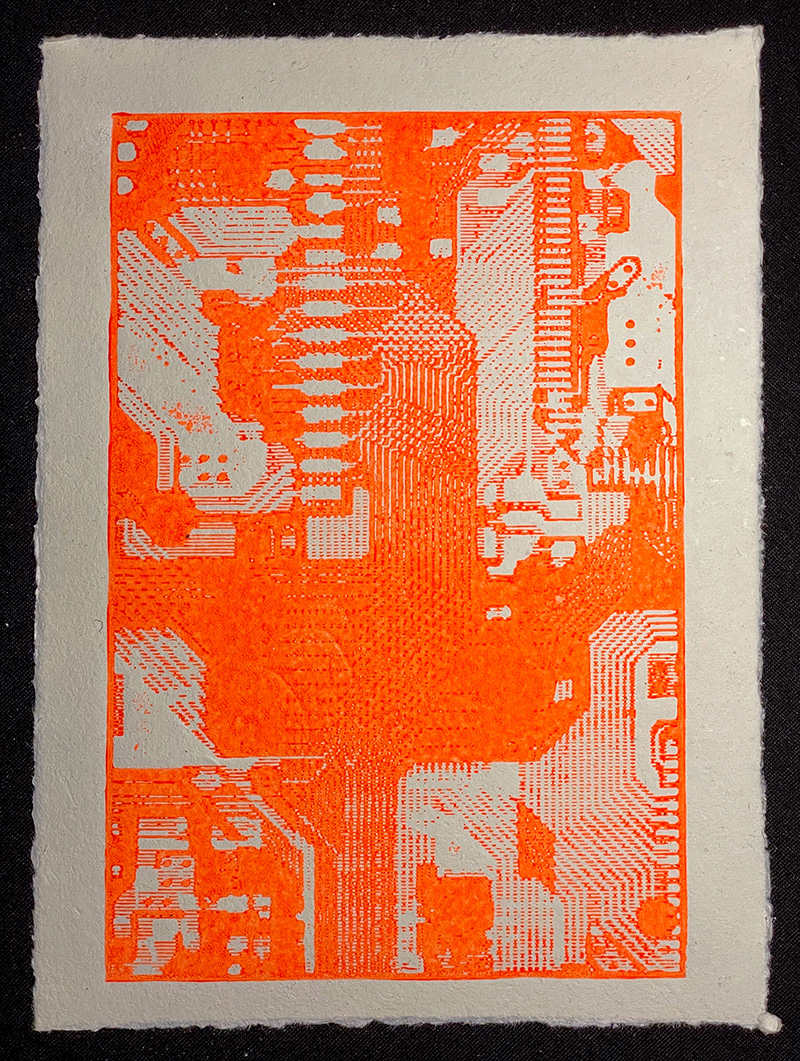
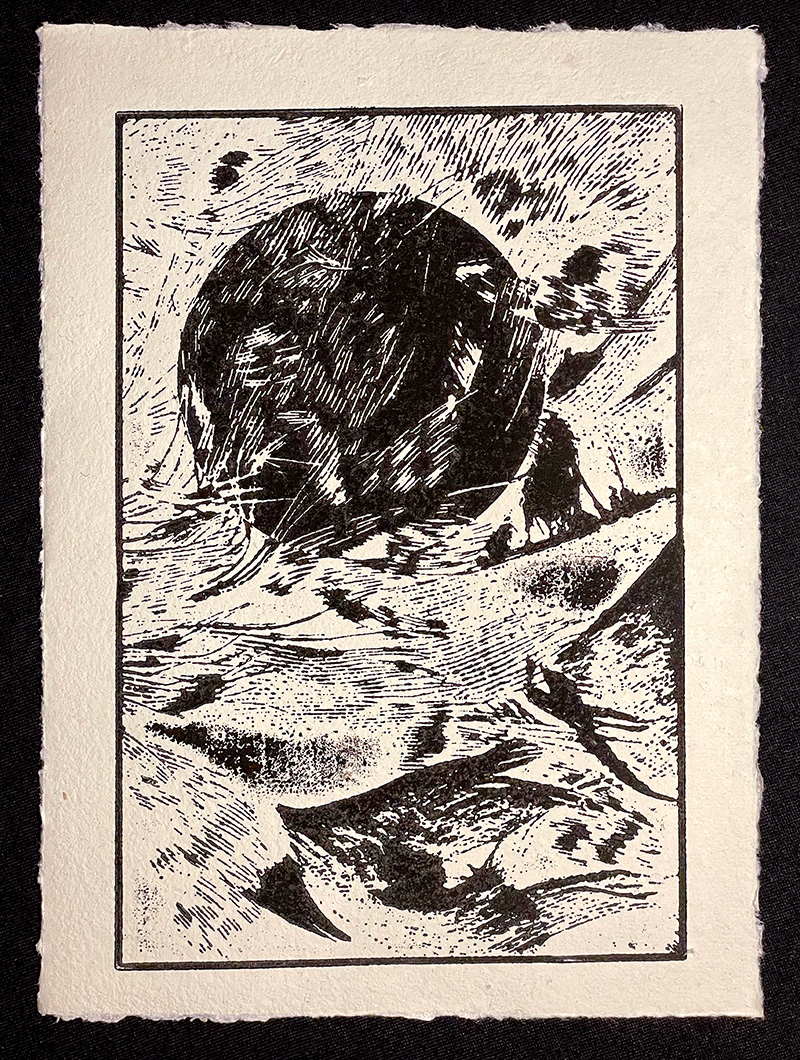
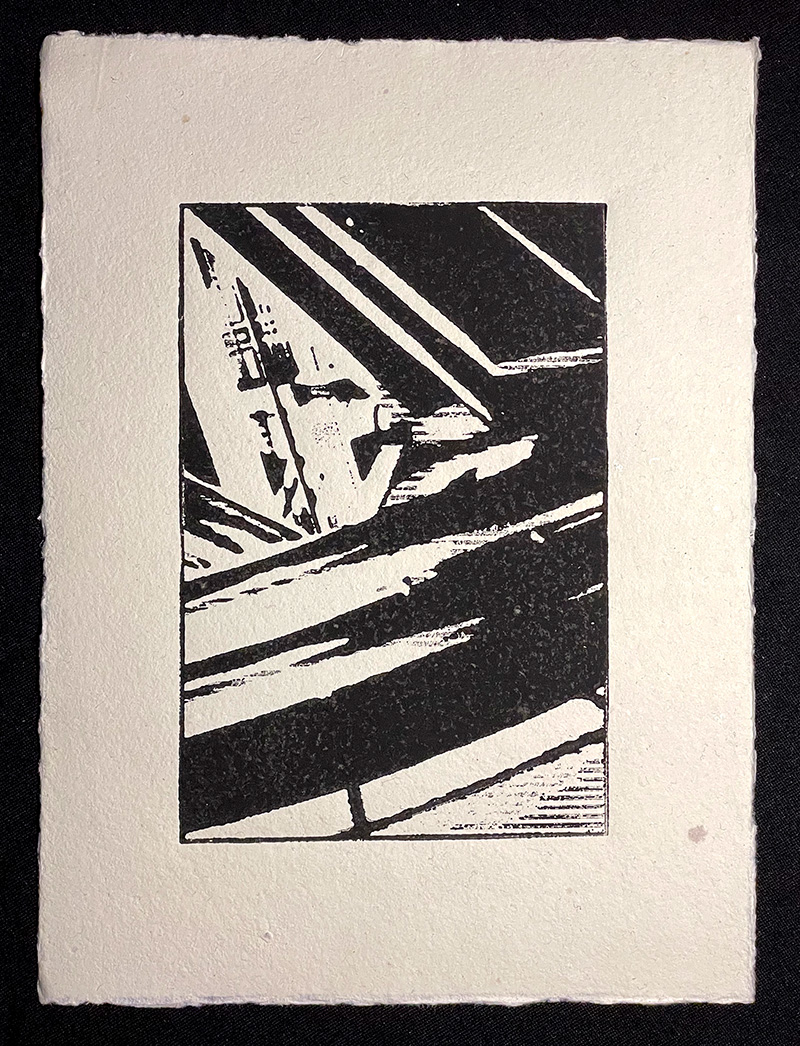


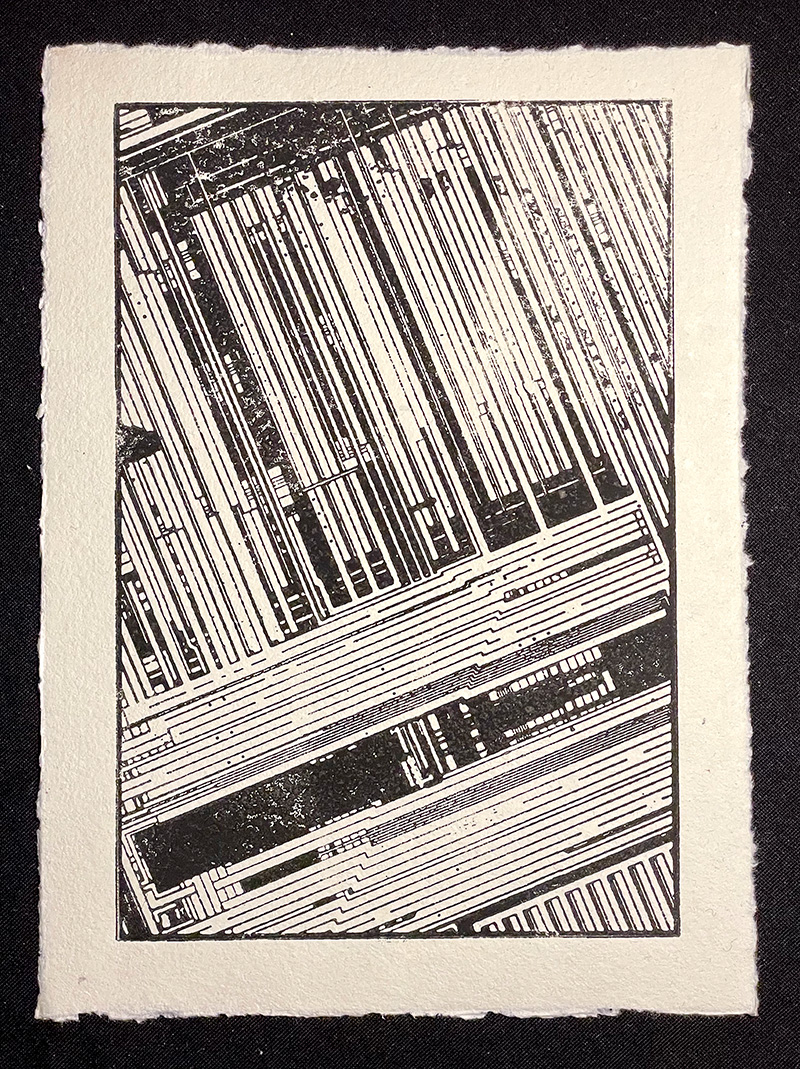
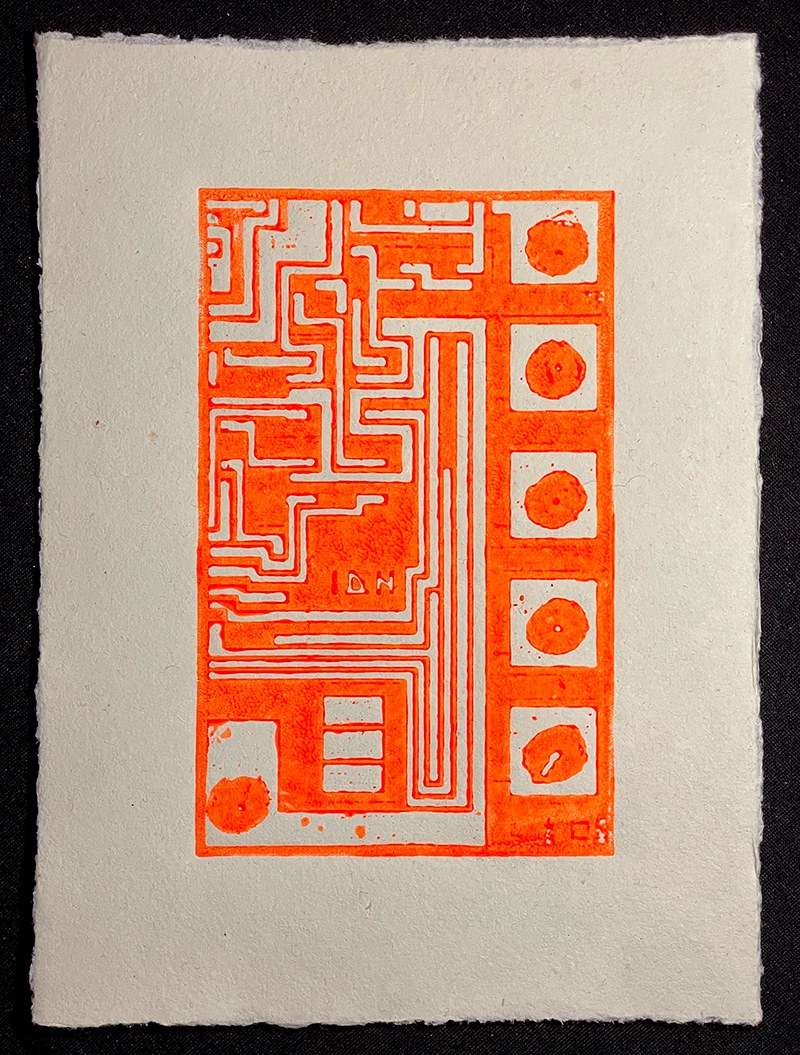
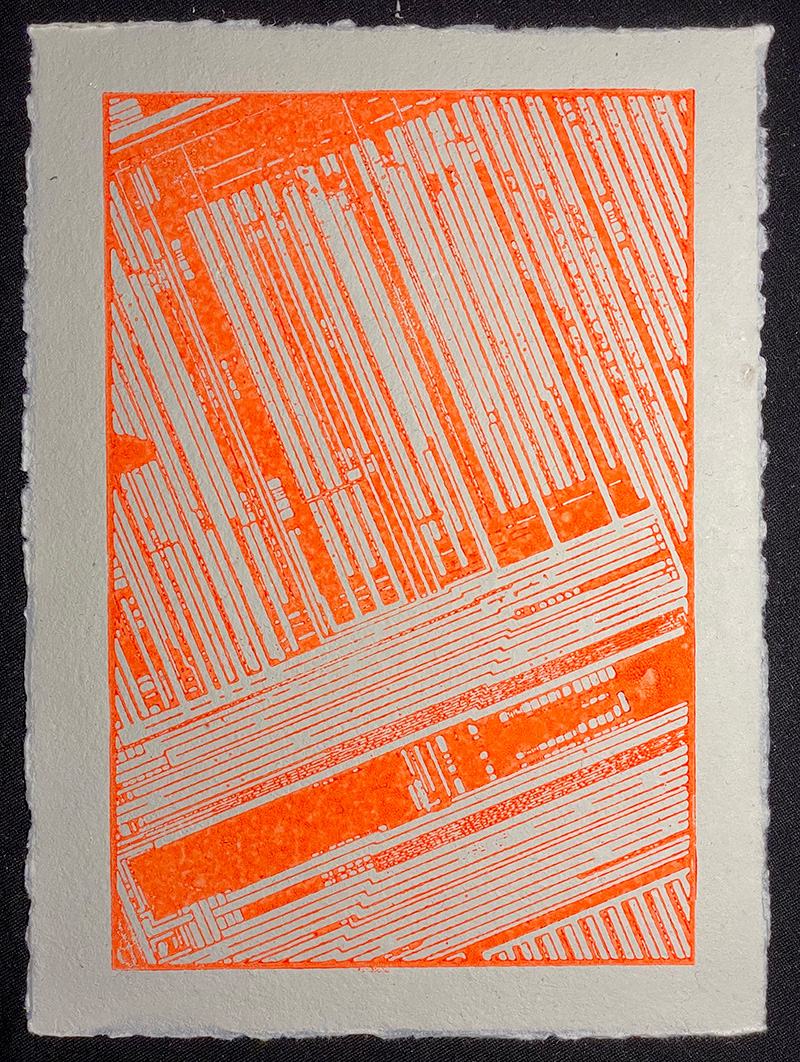
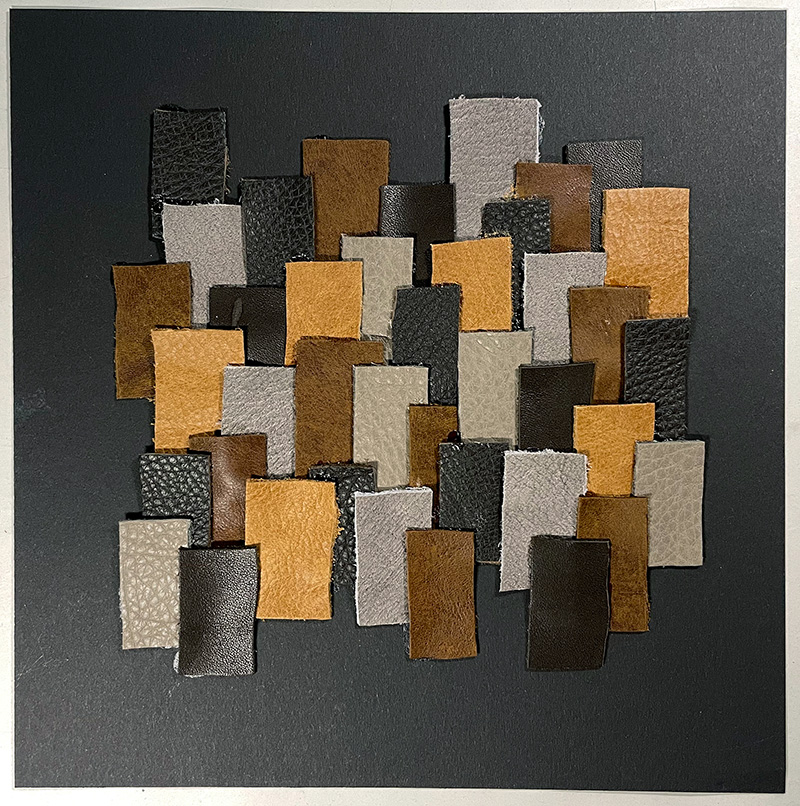
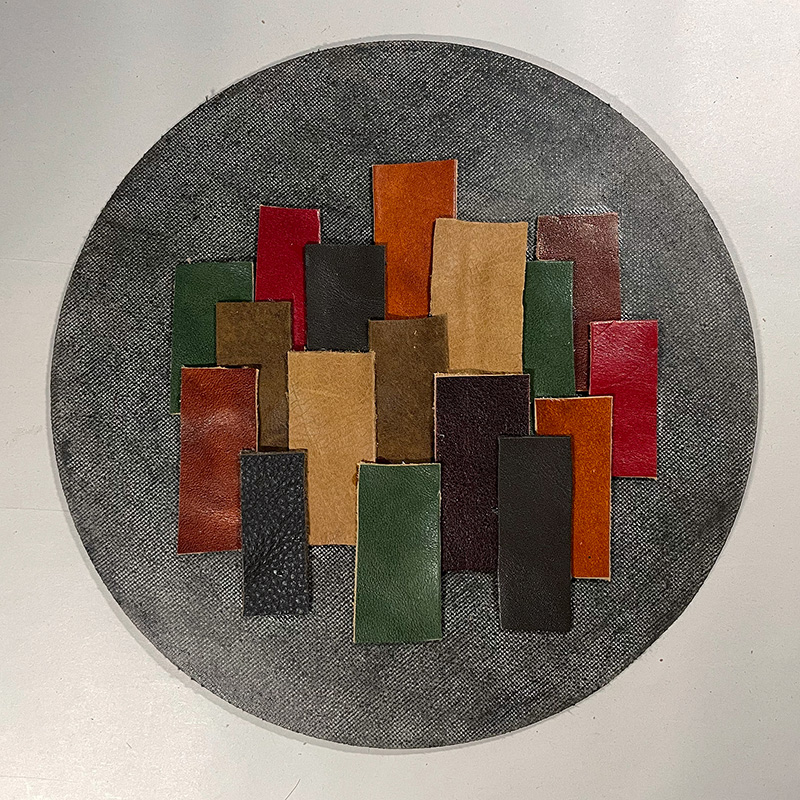

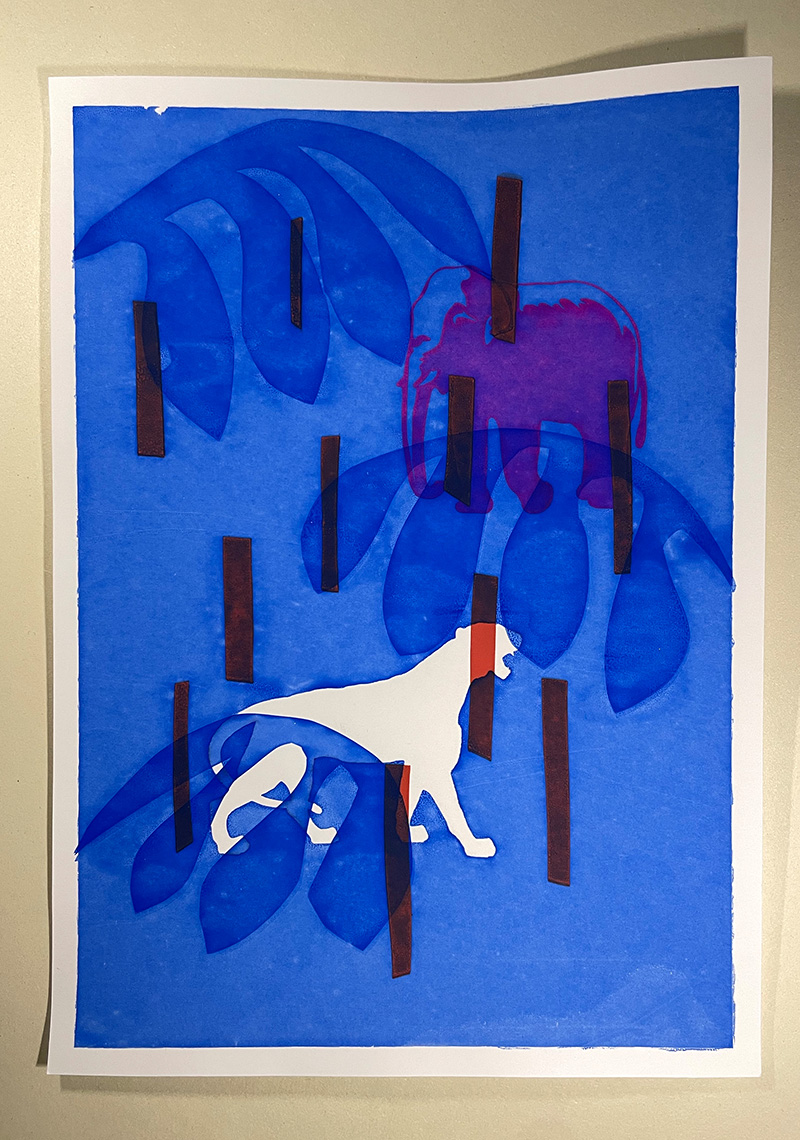
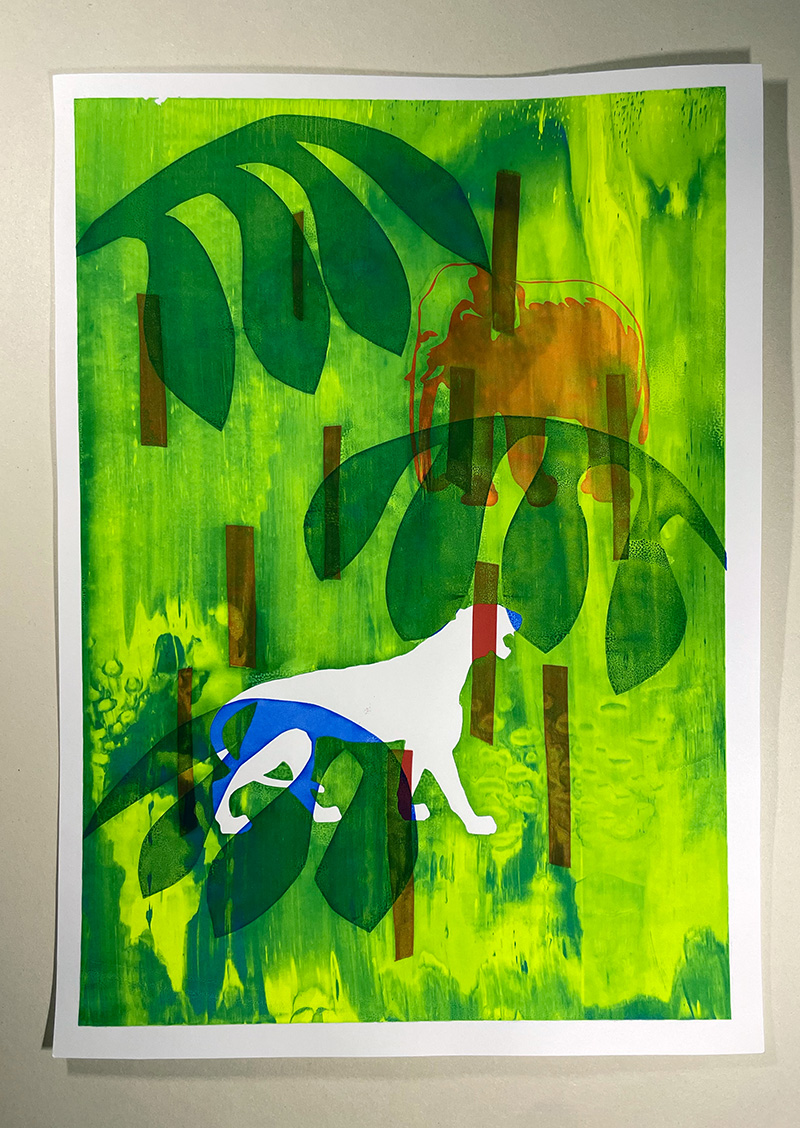

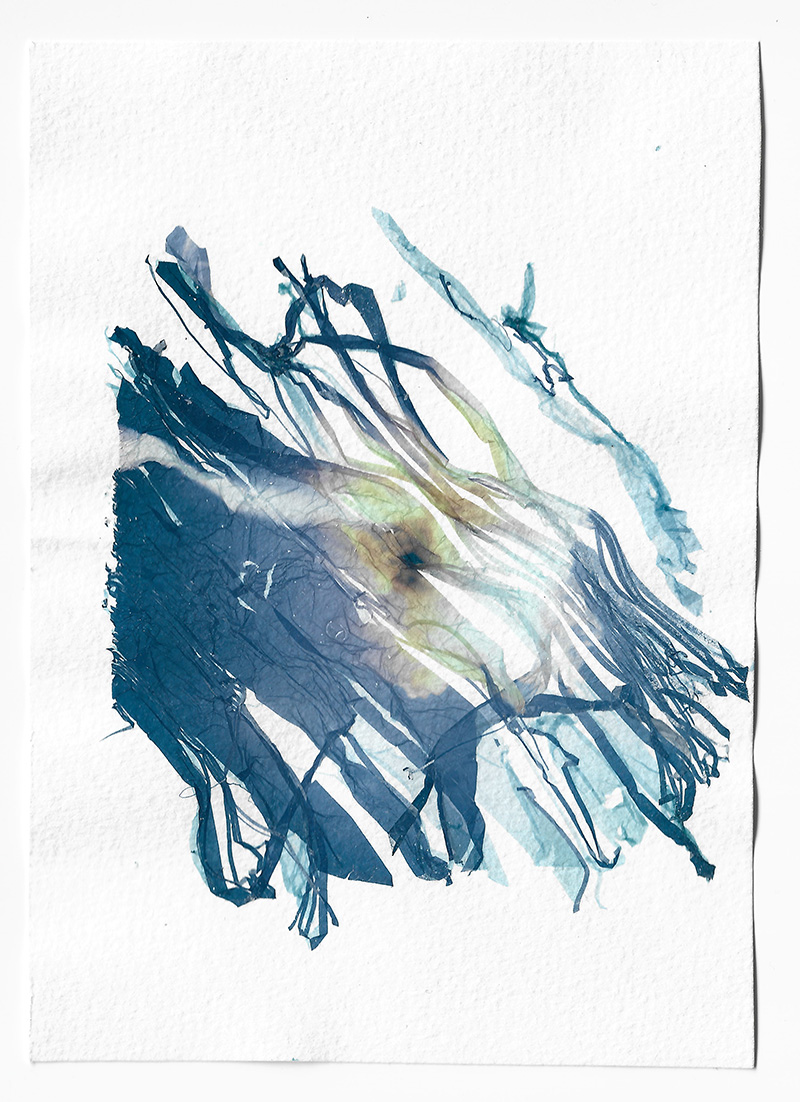
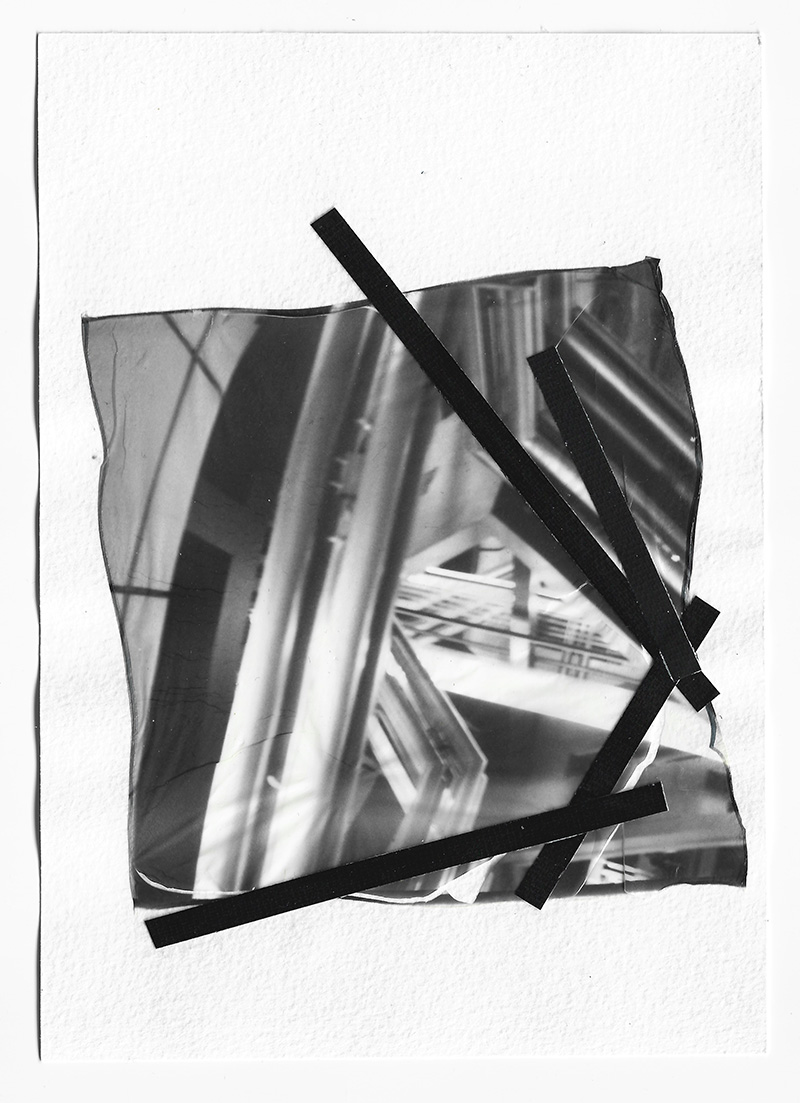
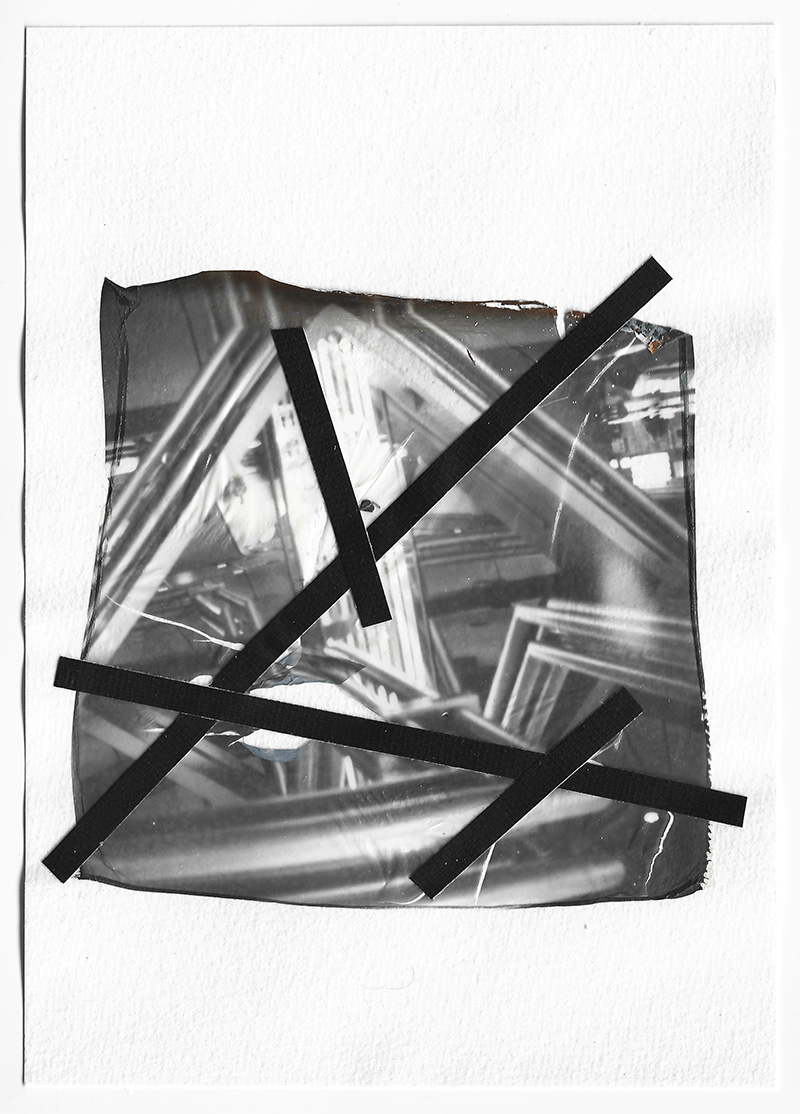

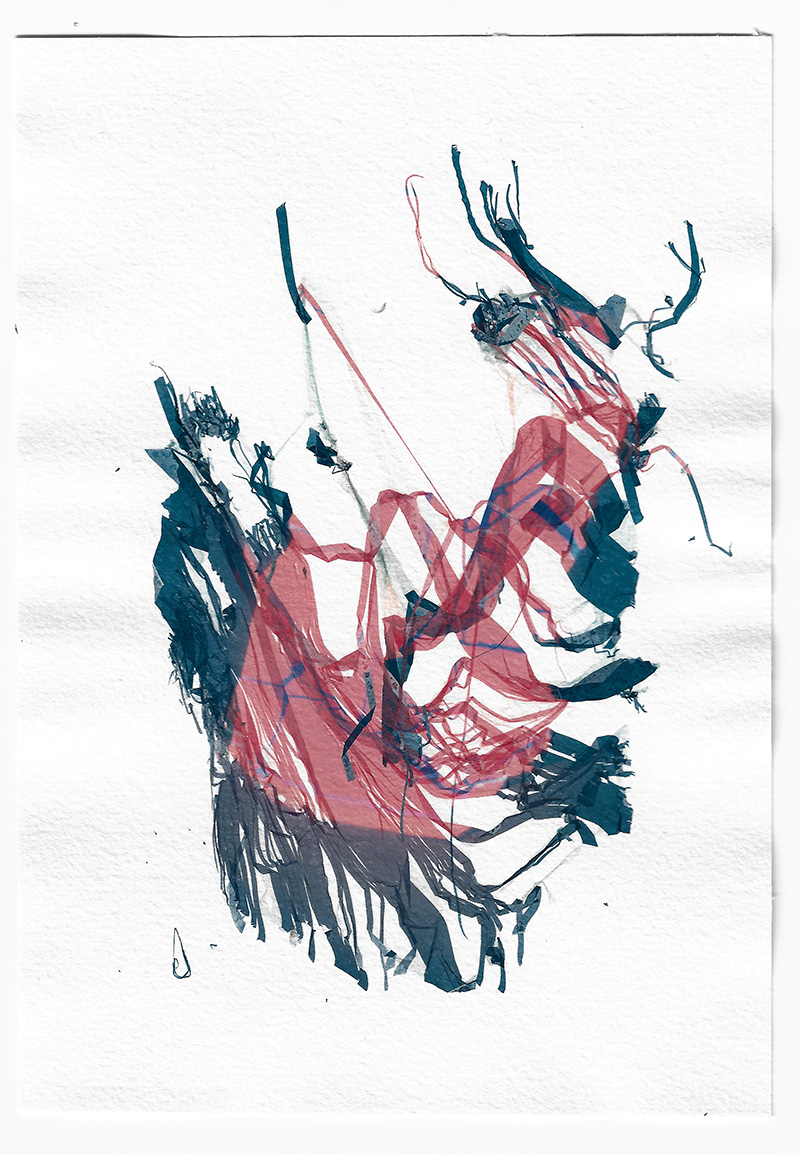
Upcoming plans
I’ve been here 2 years now. It’s been a visceral experience and I’m not done yet. In the next year, I hope to be in more shows and make more solid connections with other artists and gallerists. That isn’t something that can be forced though. I just need to stay active and engaged. Eventually, I meet the right people for me. That’s the way it’s always been.
At the end of this year, I have begun to think of what my life will be when I return. I have no intention of living as an expat. I’ve met many Americans here and they don’t have lives I want to emulate. This move was always time boxed. I’m going to learn what I can and then return to continue a life in art.
I have some technical projects and more multimedia work that is unfinished. I’m not posting many here, but there are all kinds of tech projects cooking right now. They will probably start to manifest in Spring. That will be a whole new chapter of this experience in Berlin.